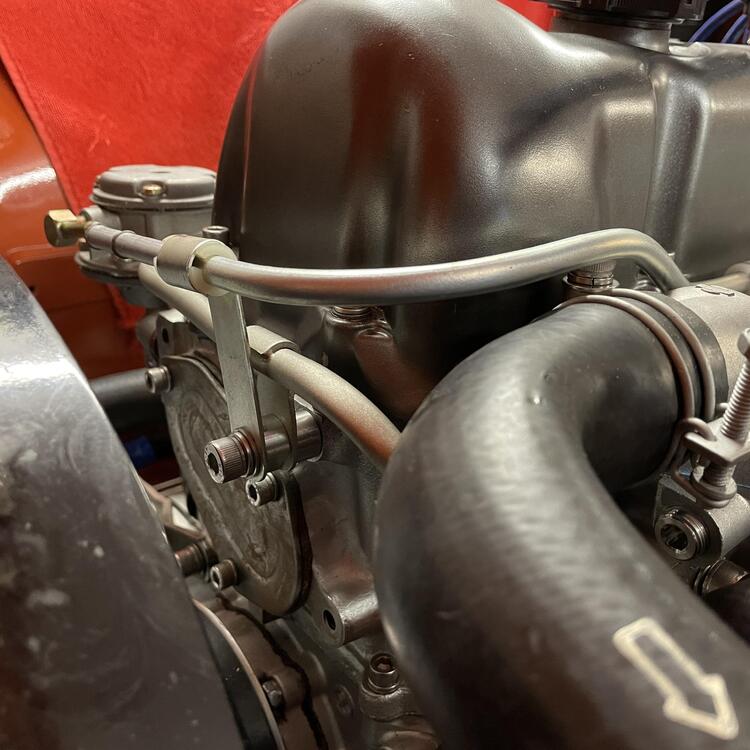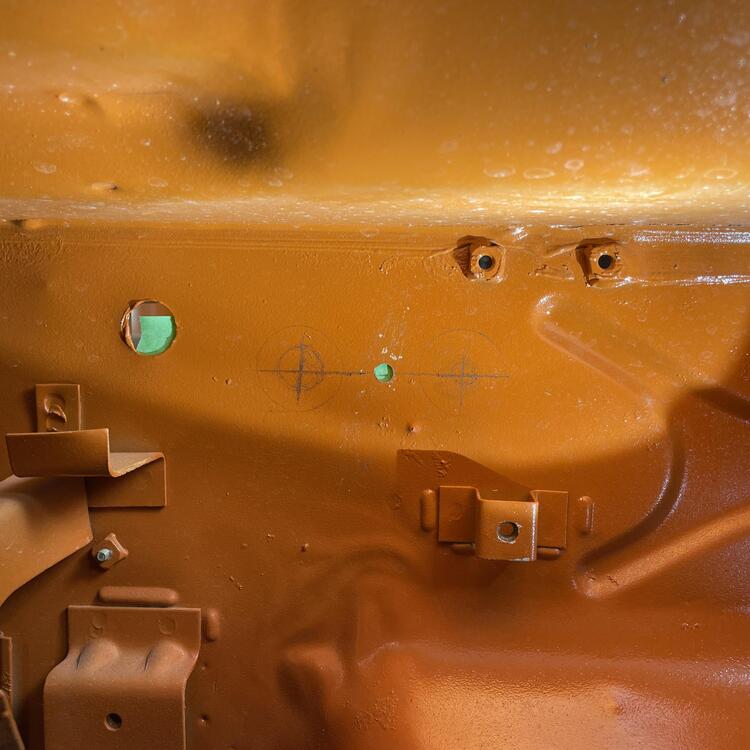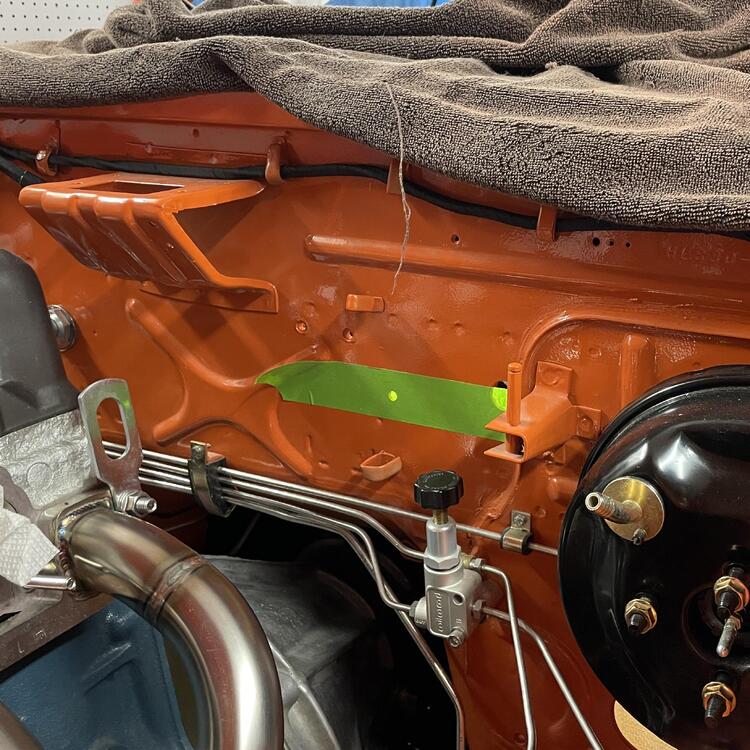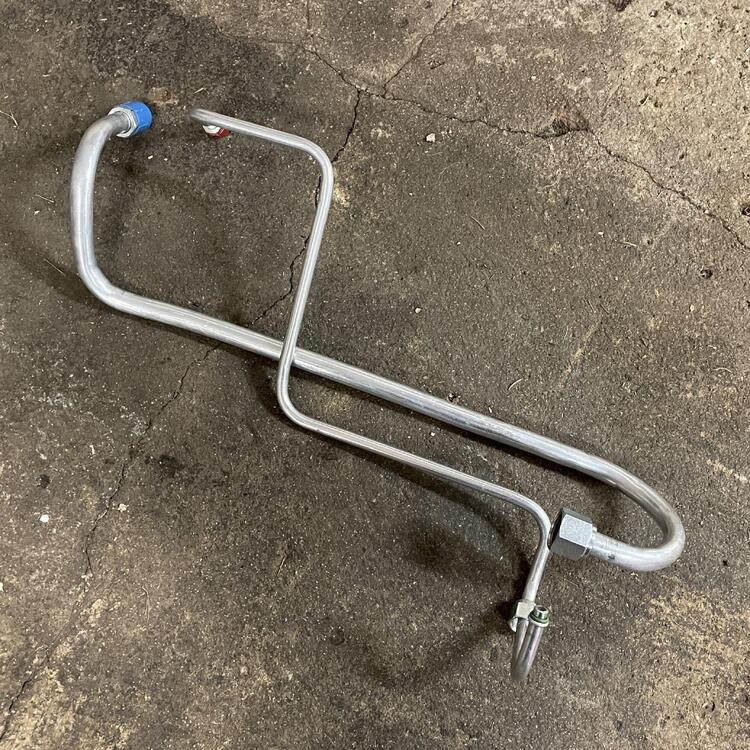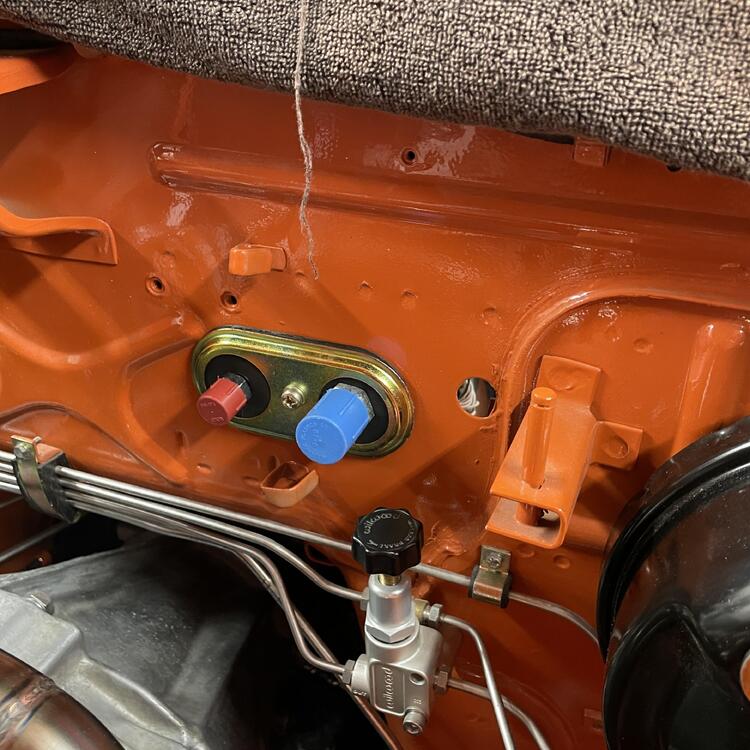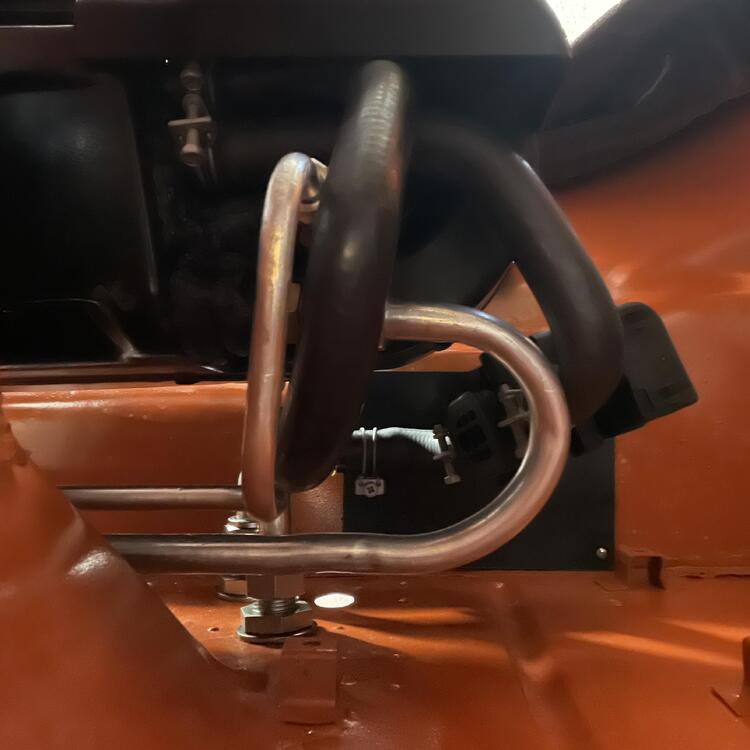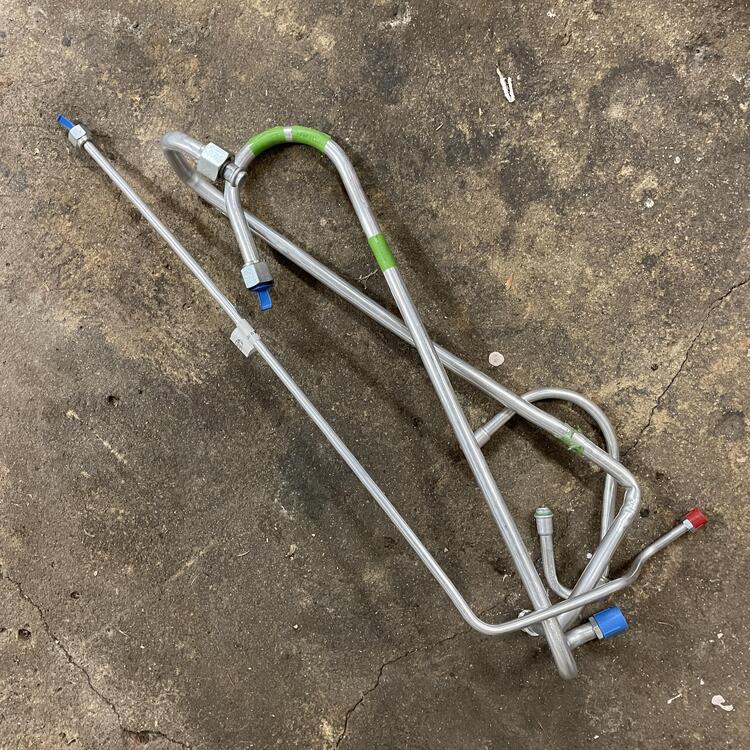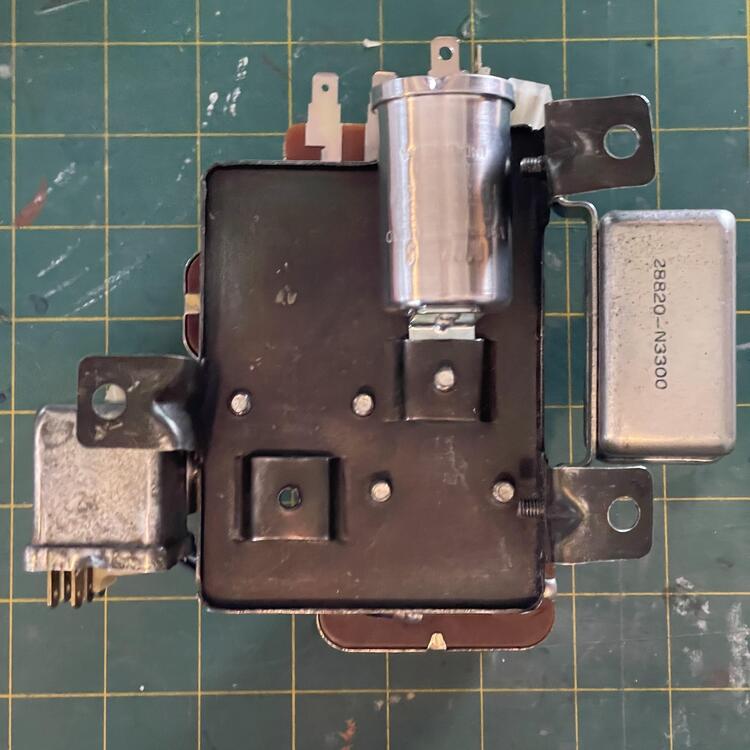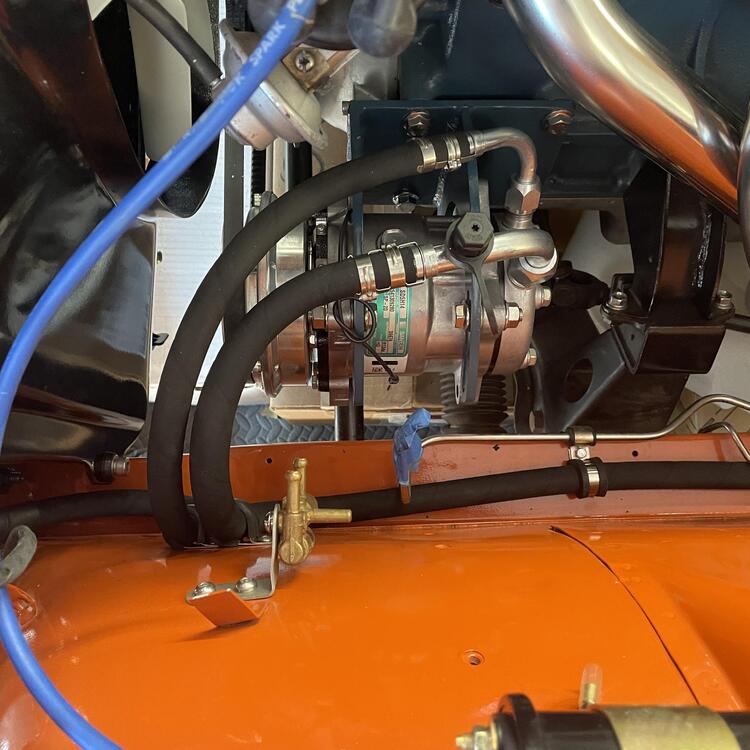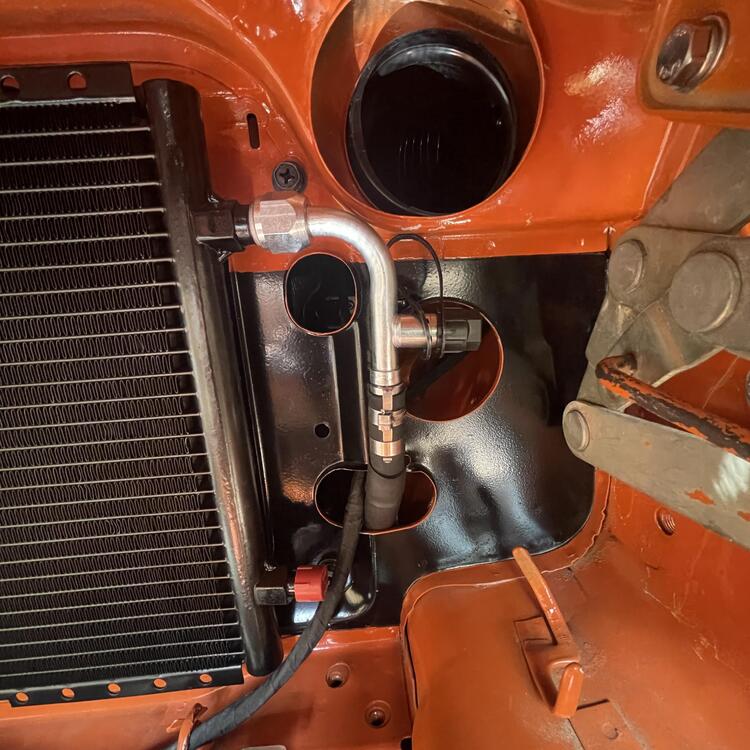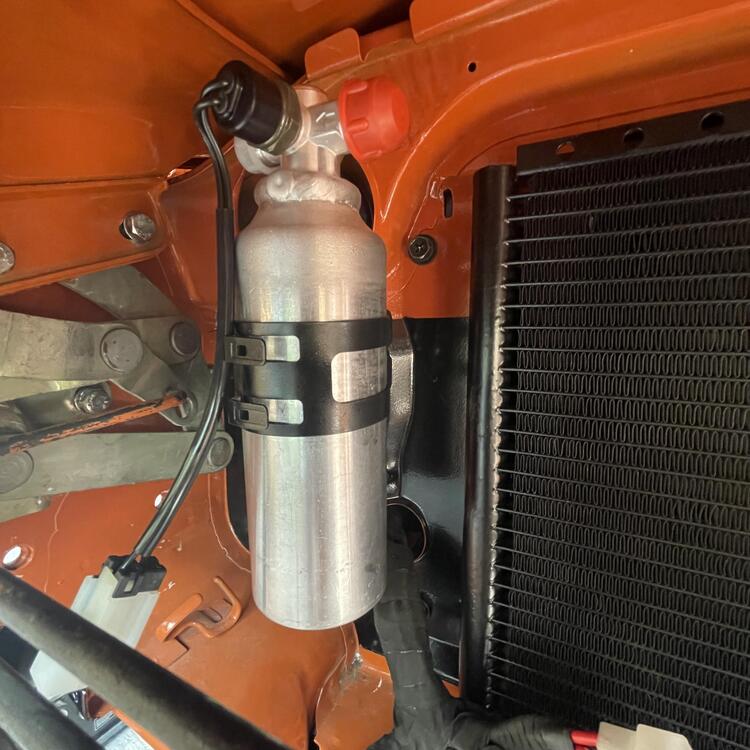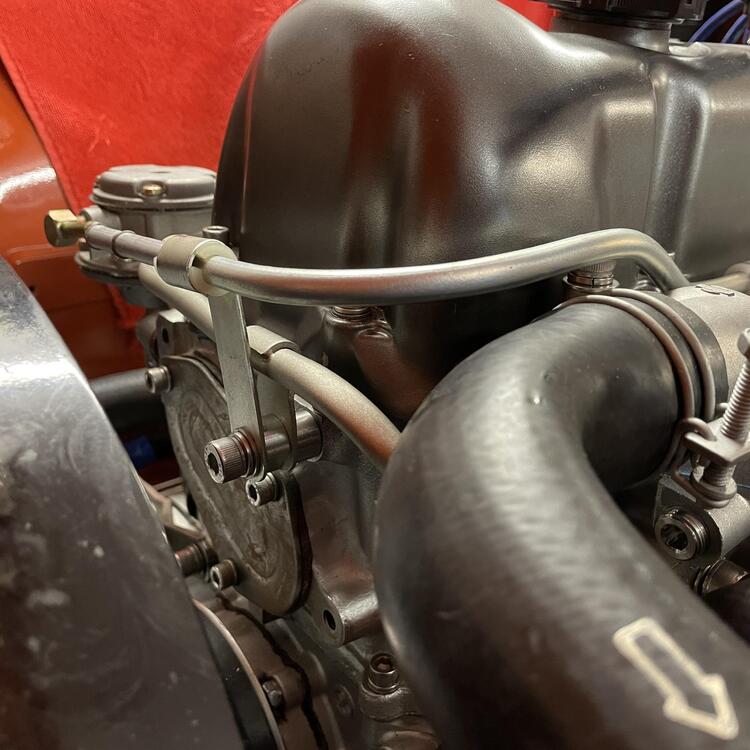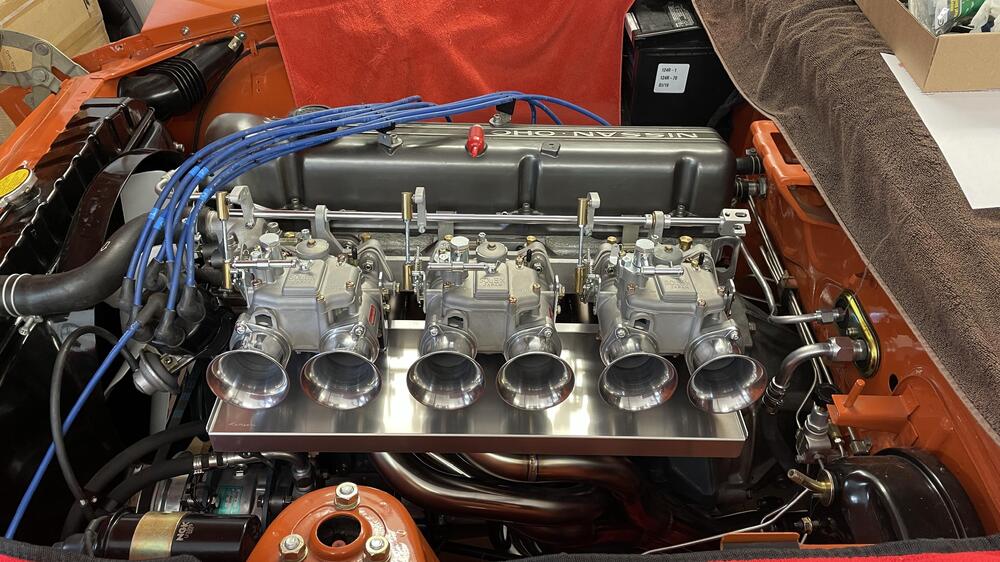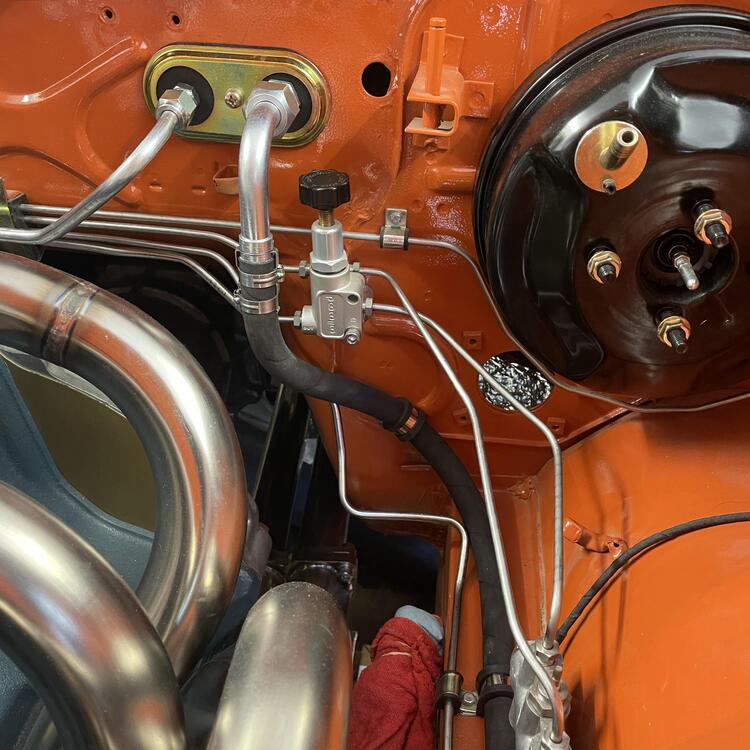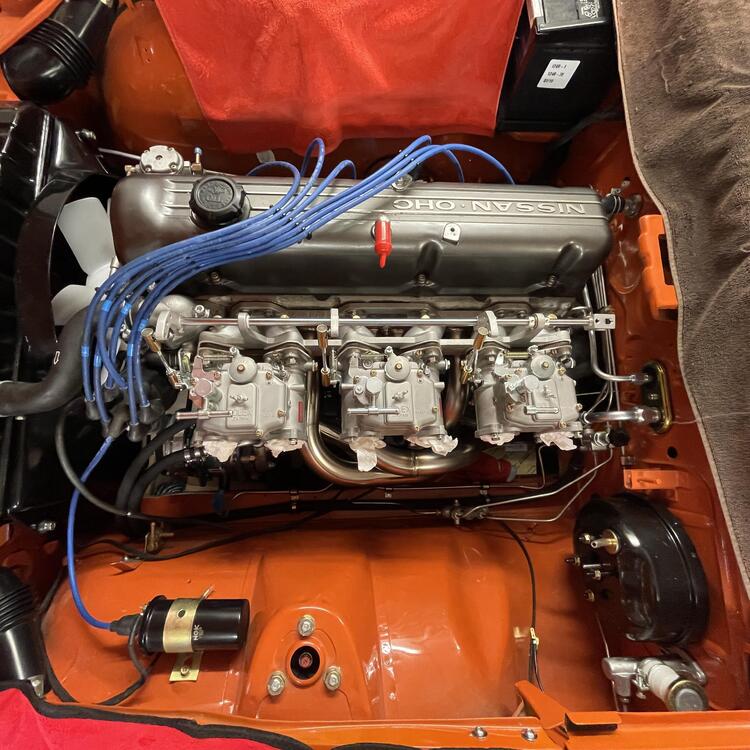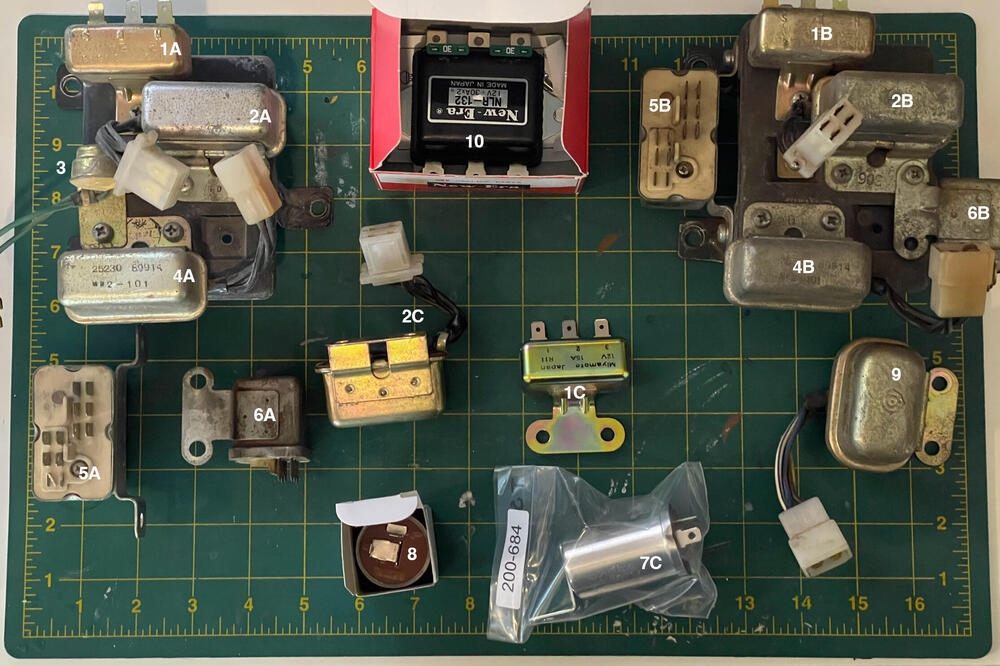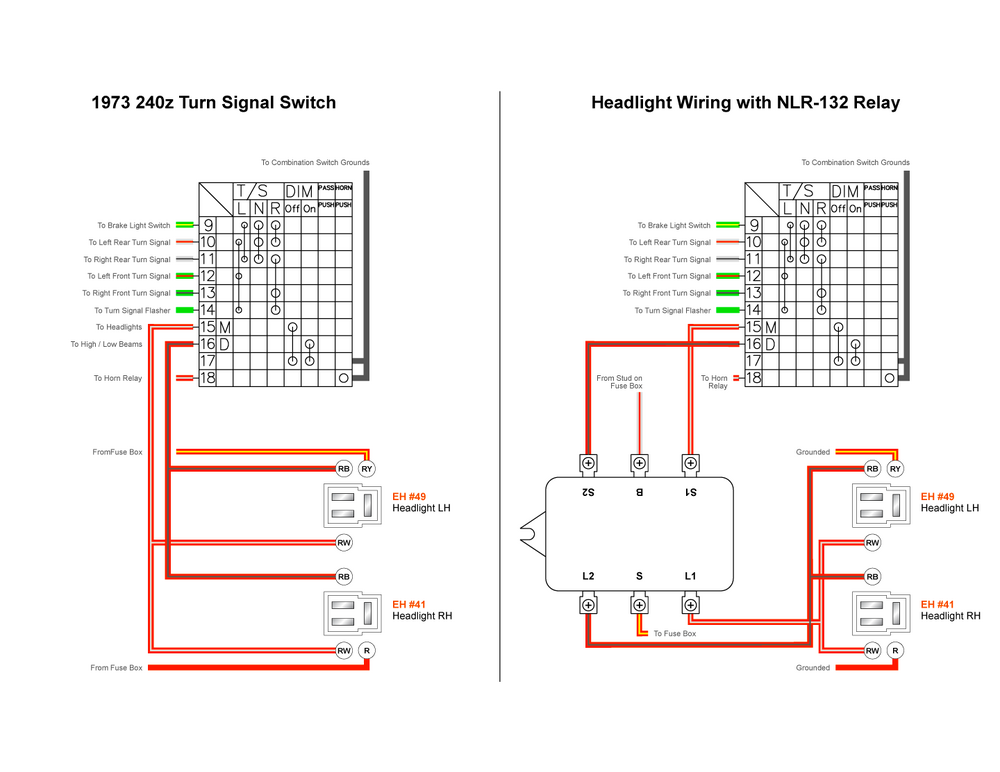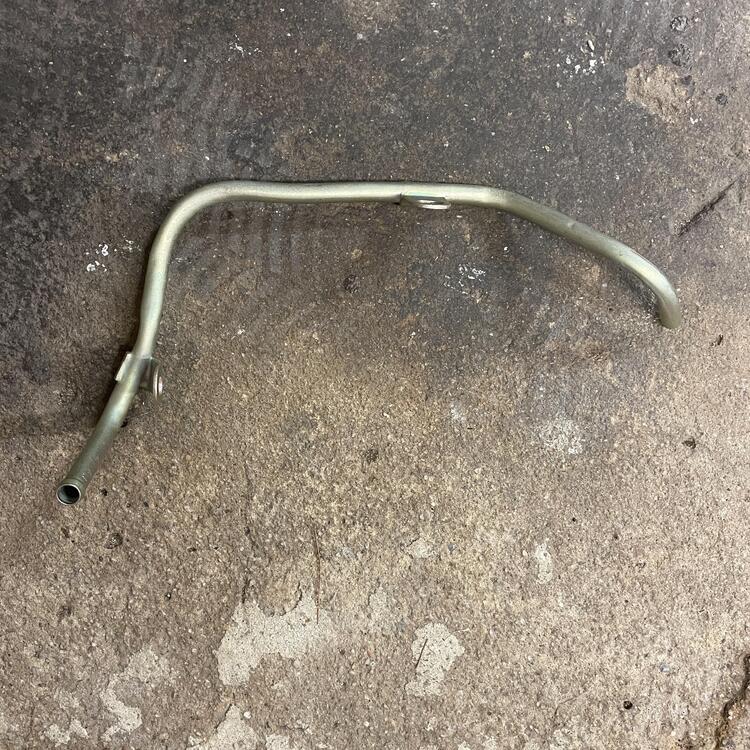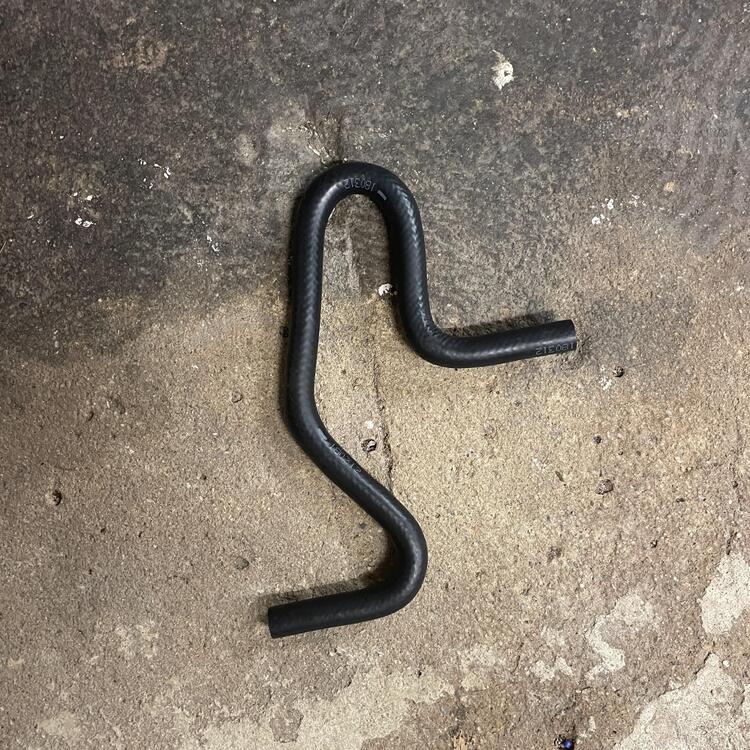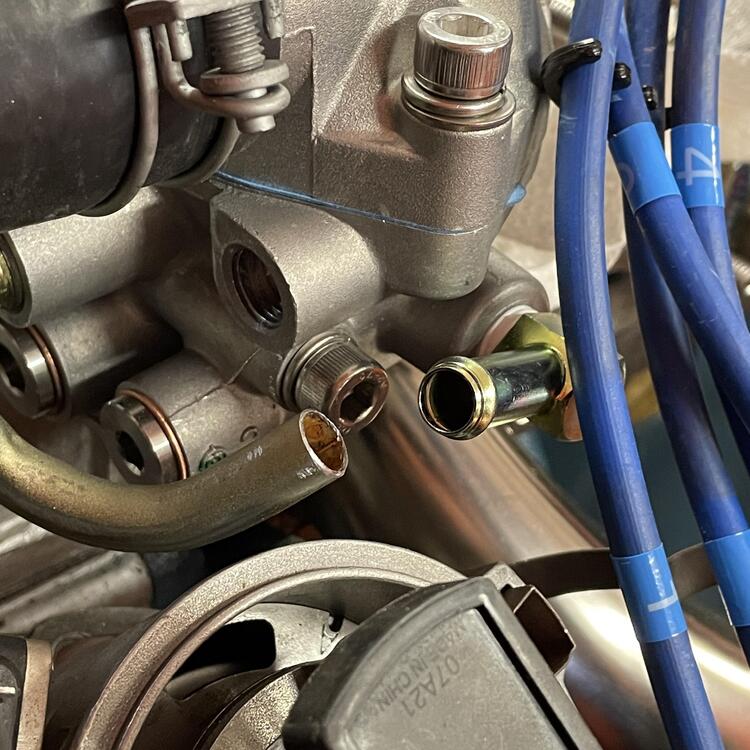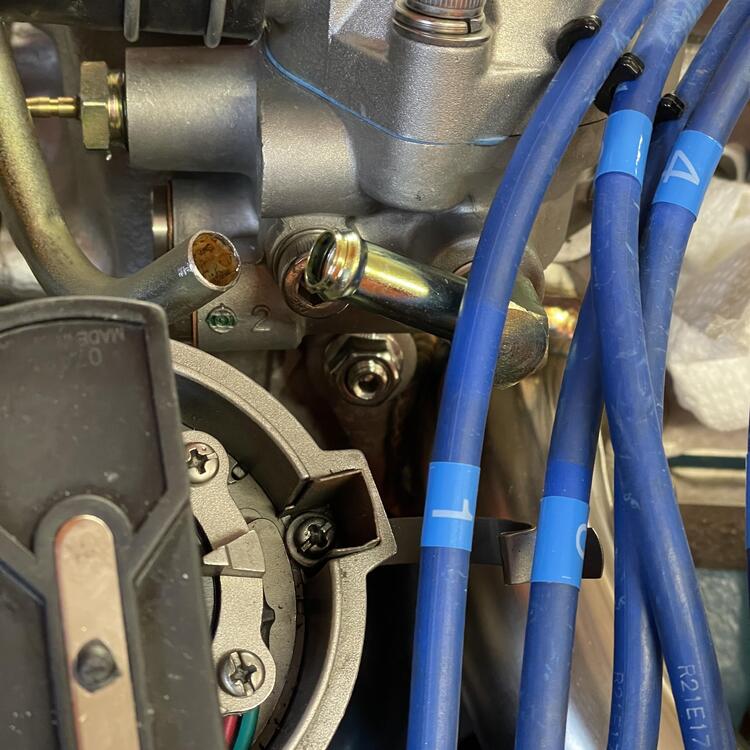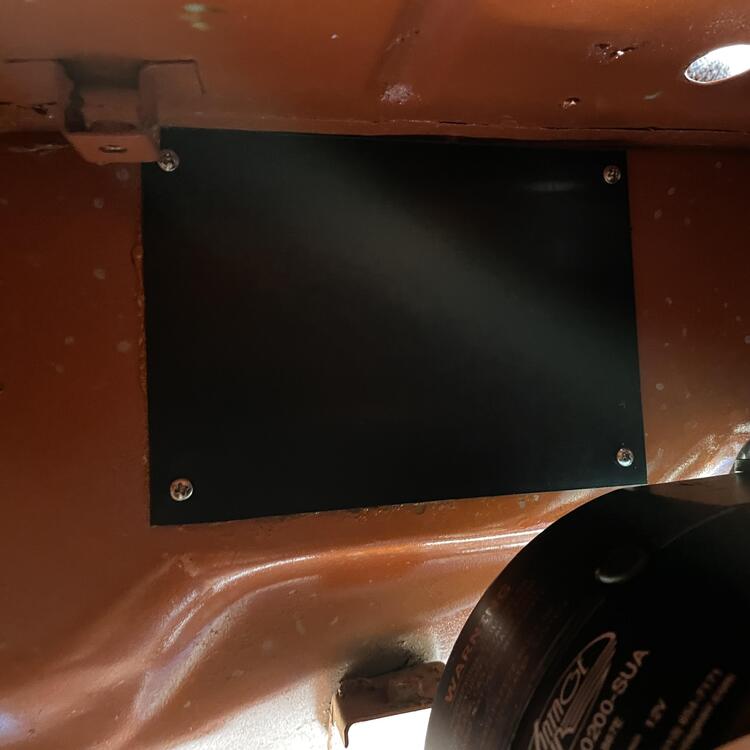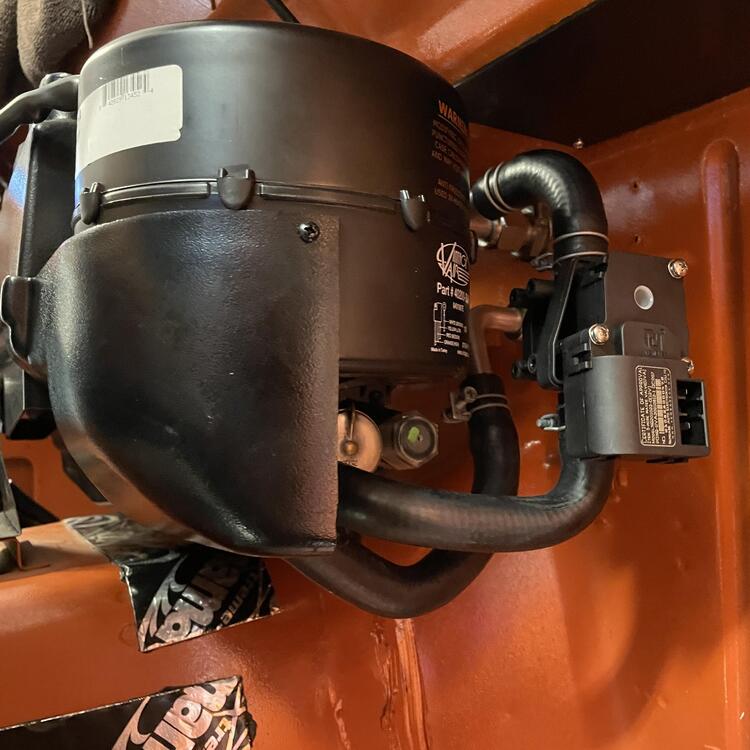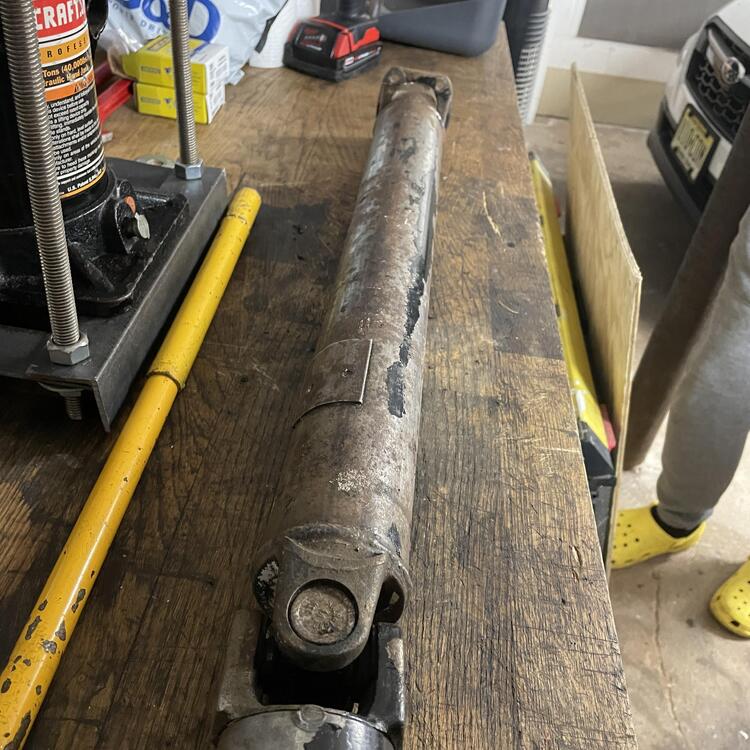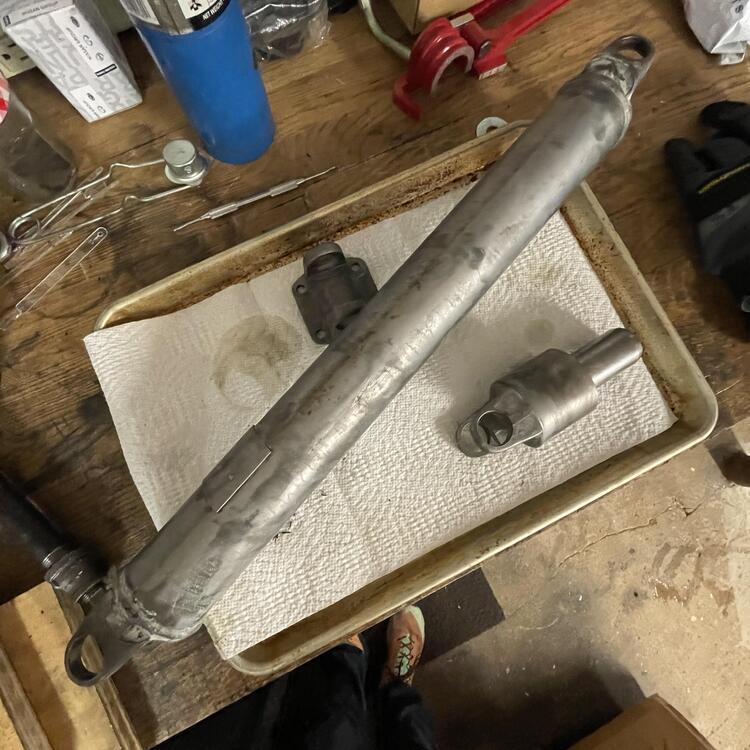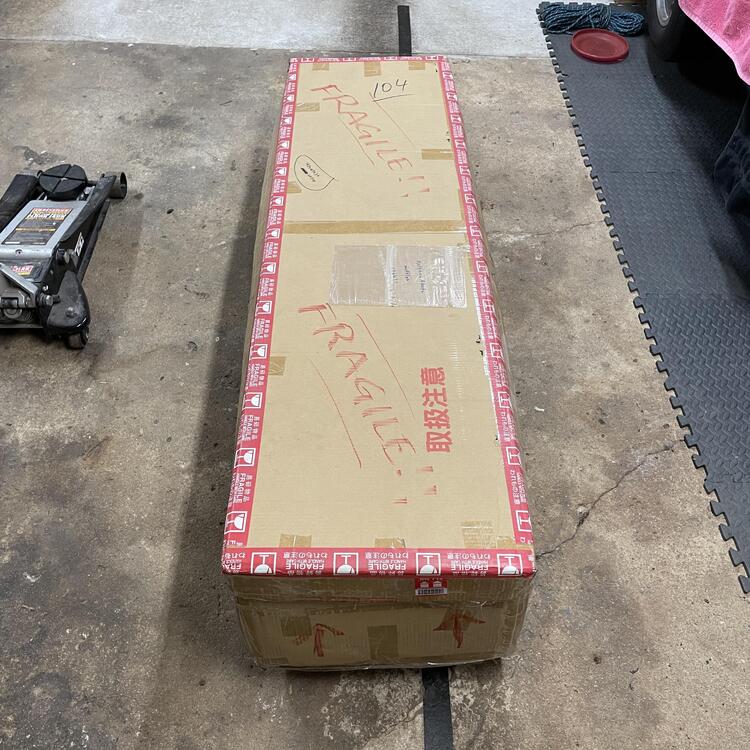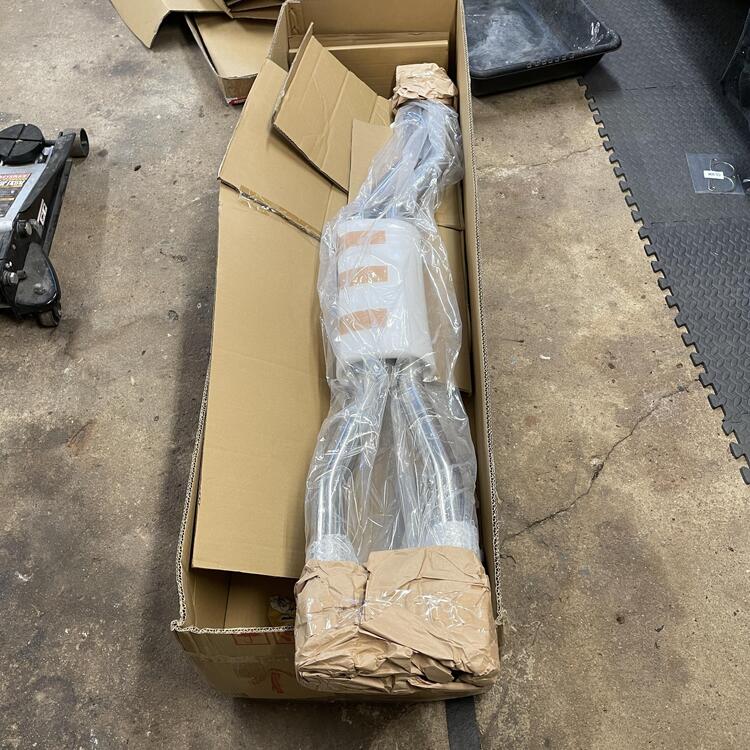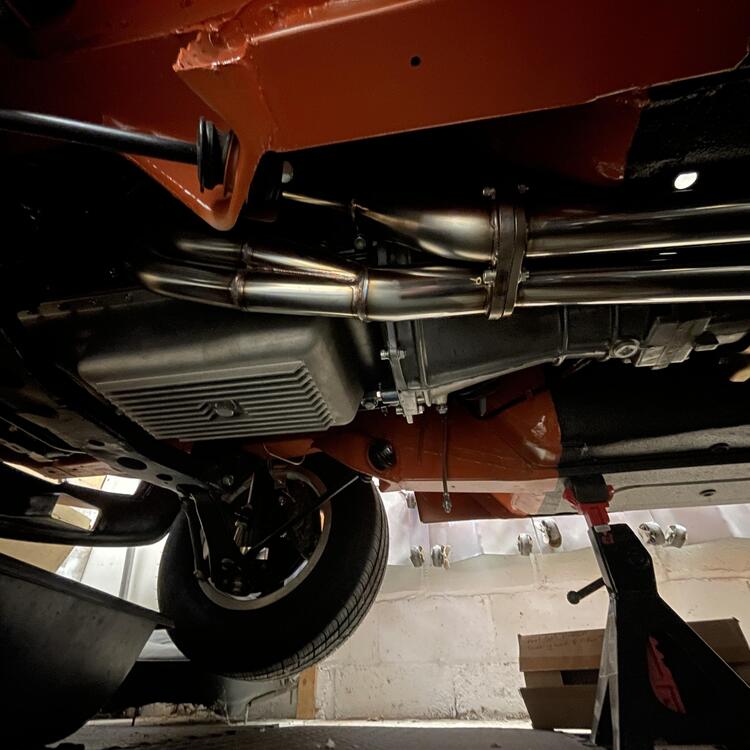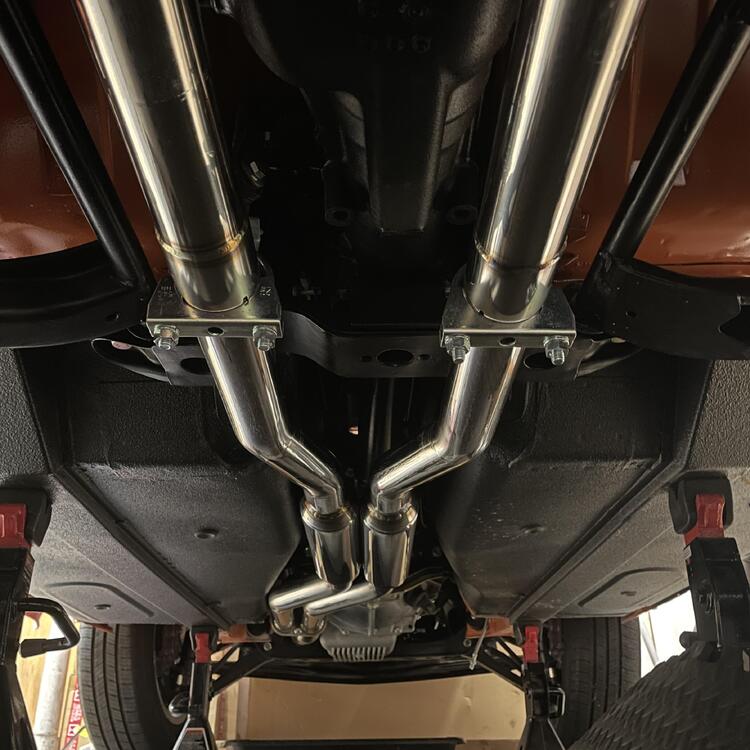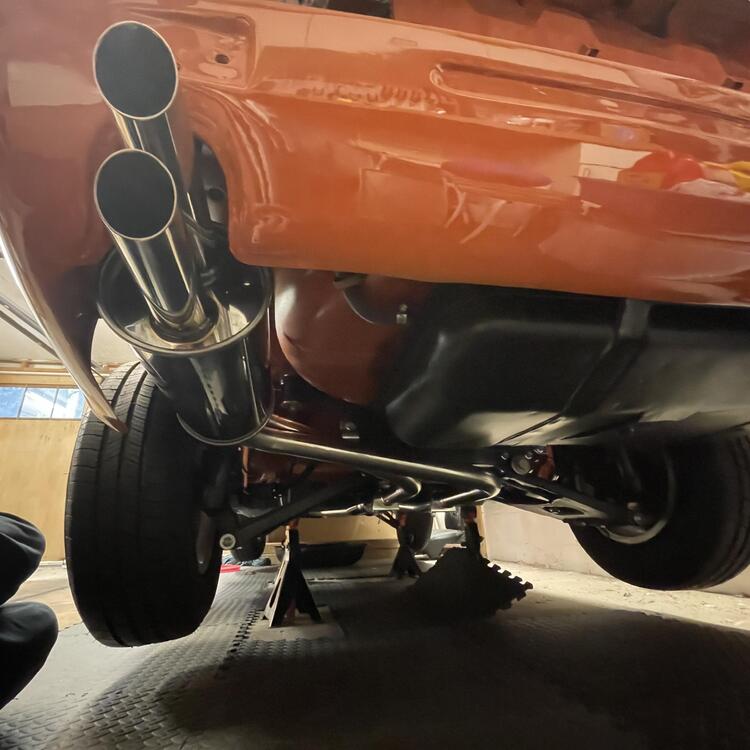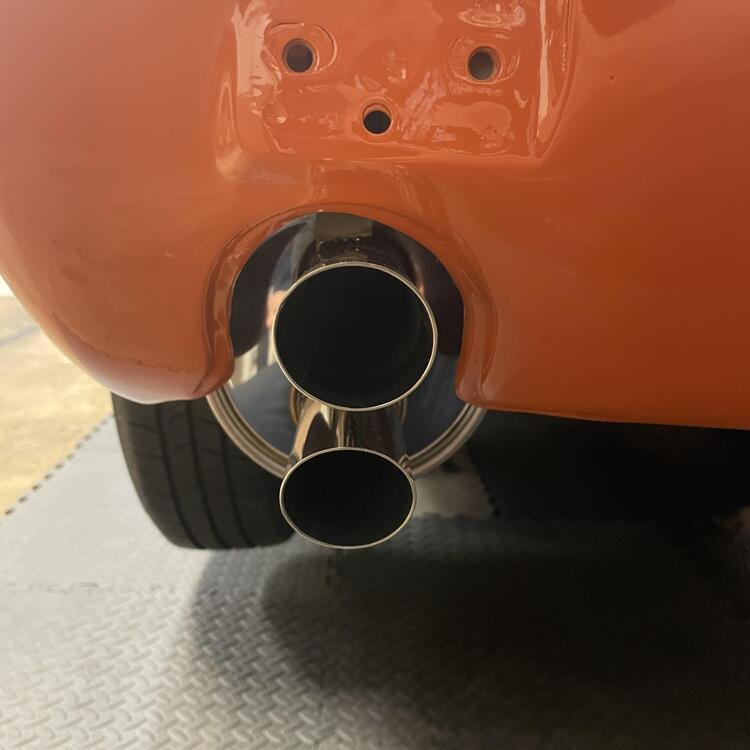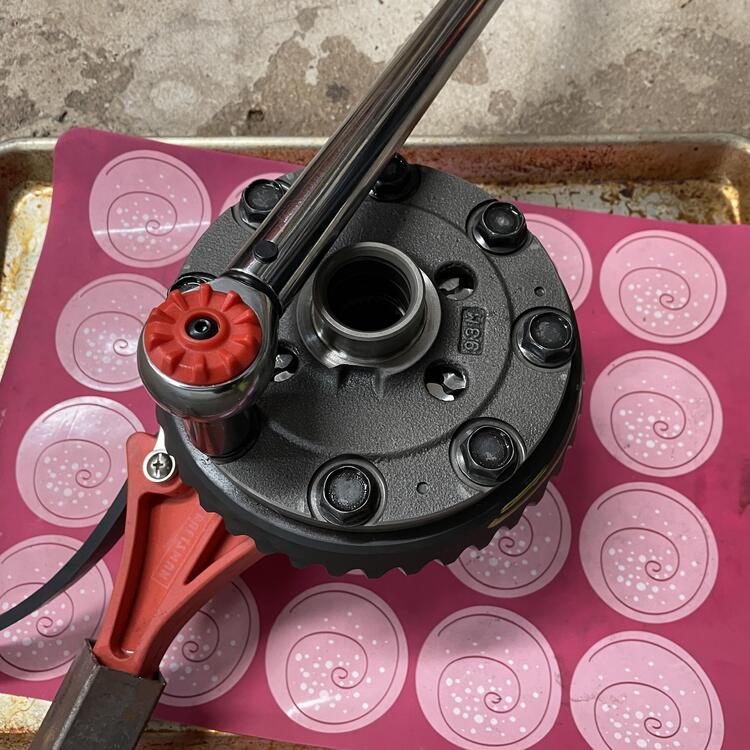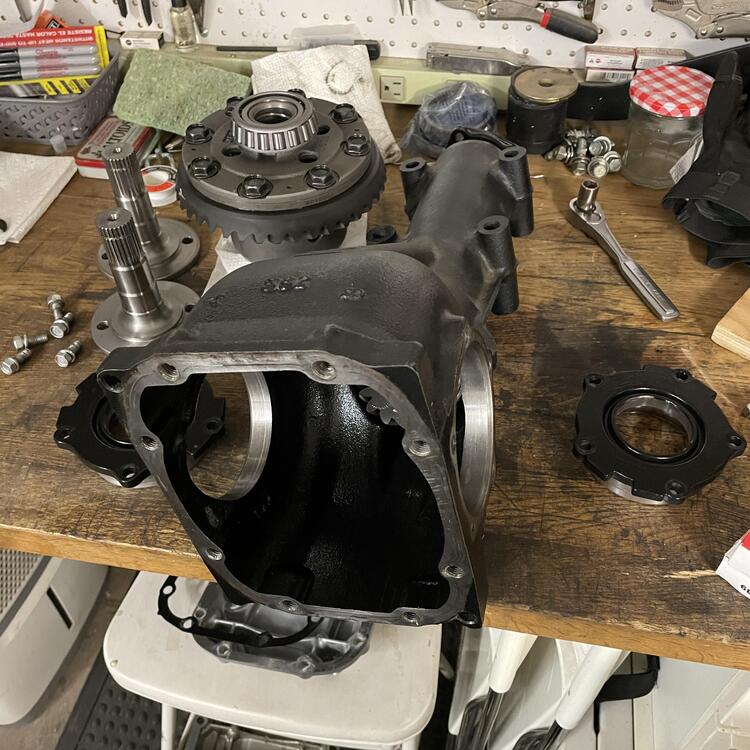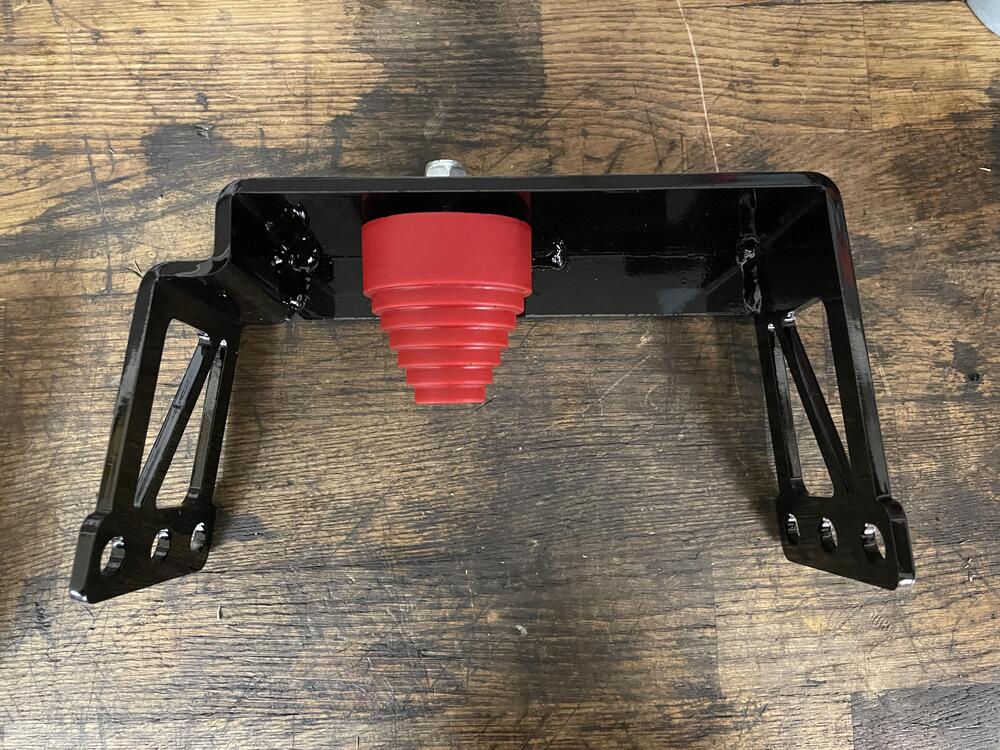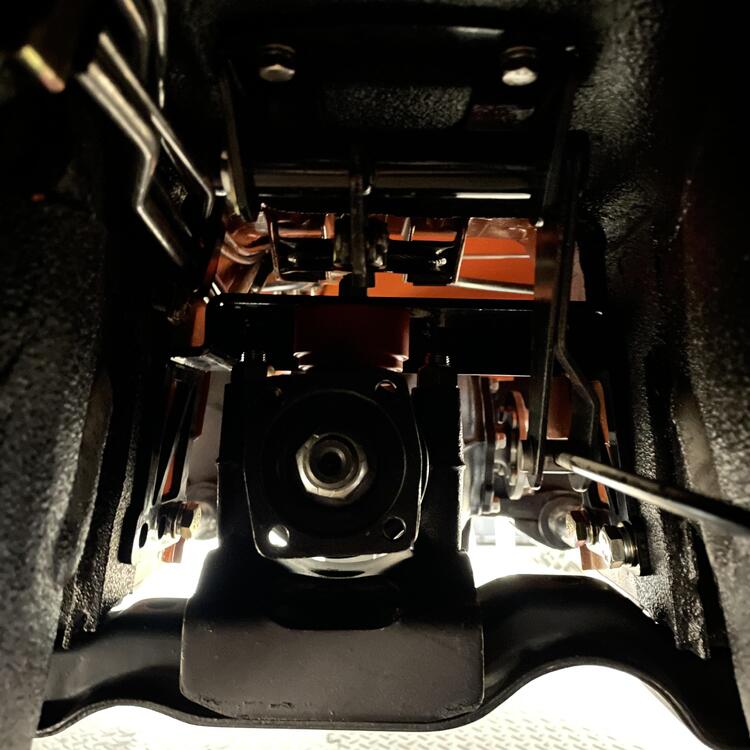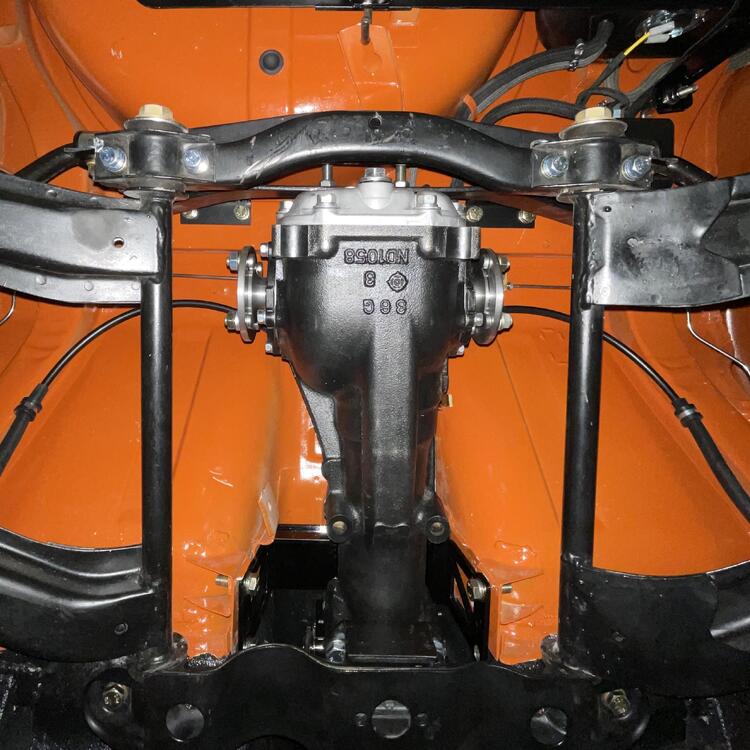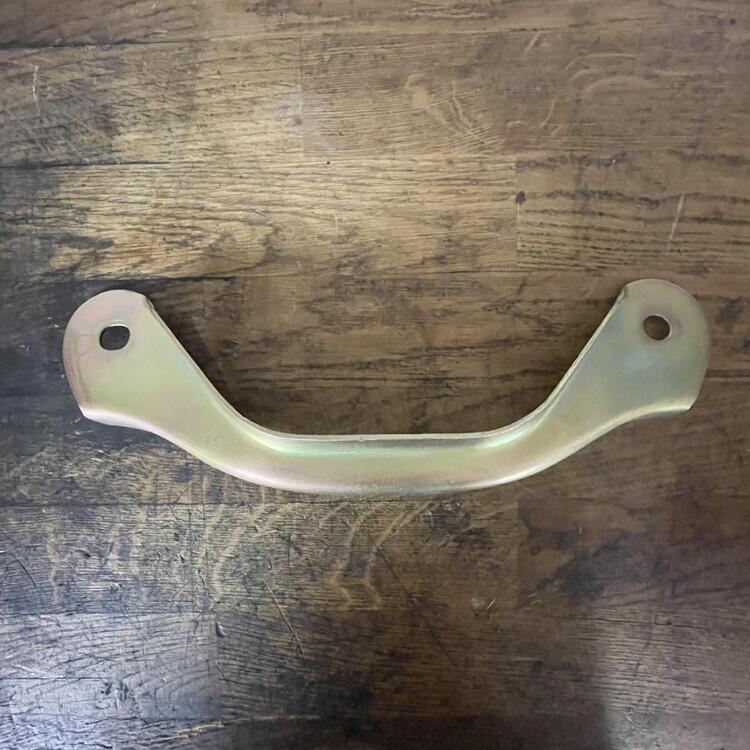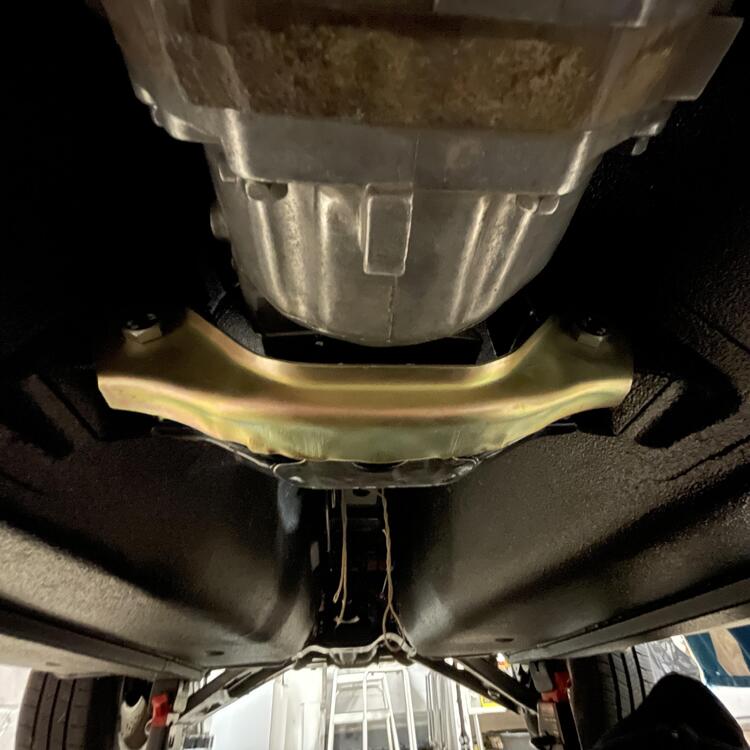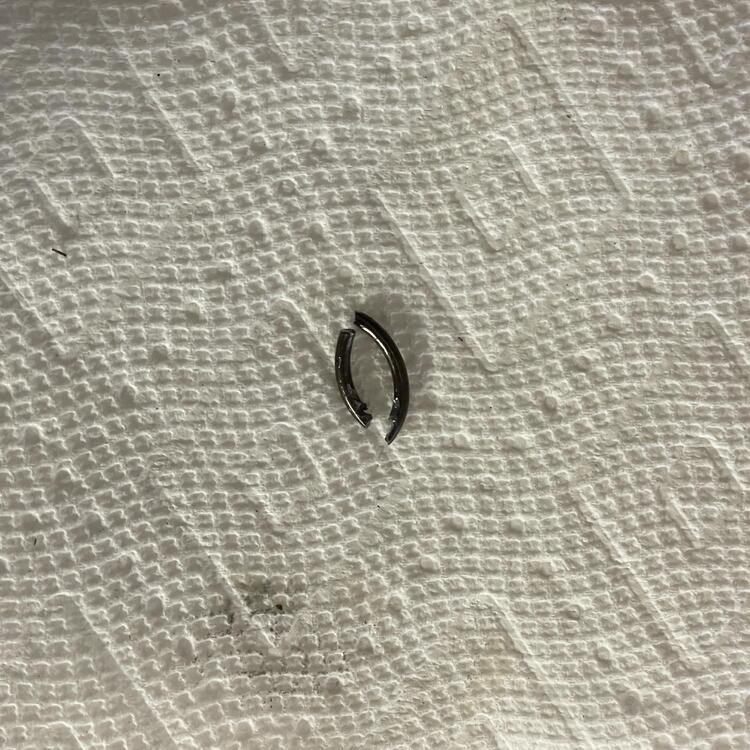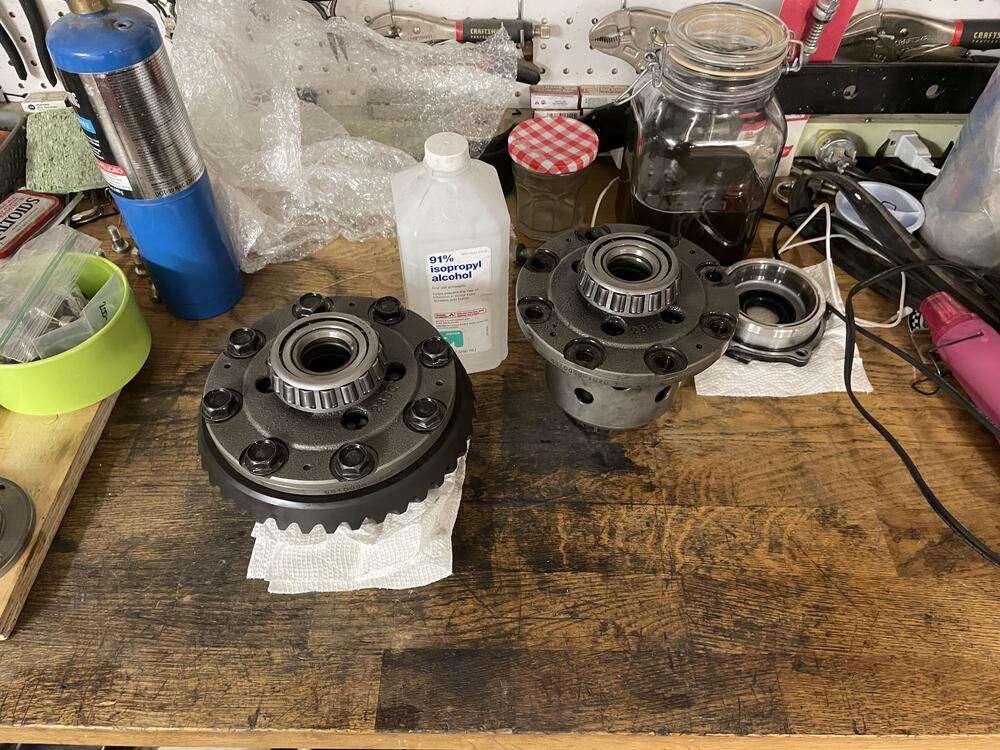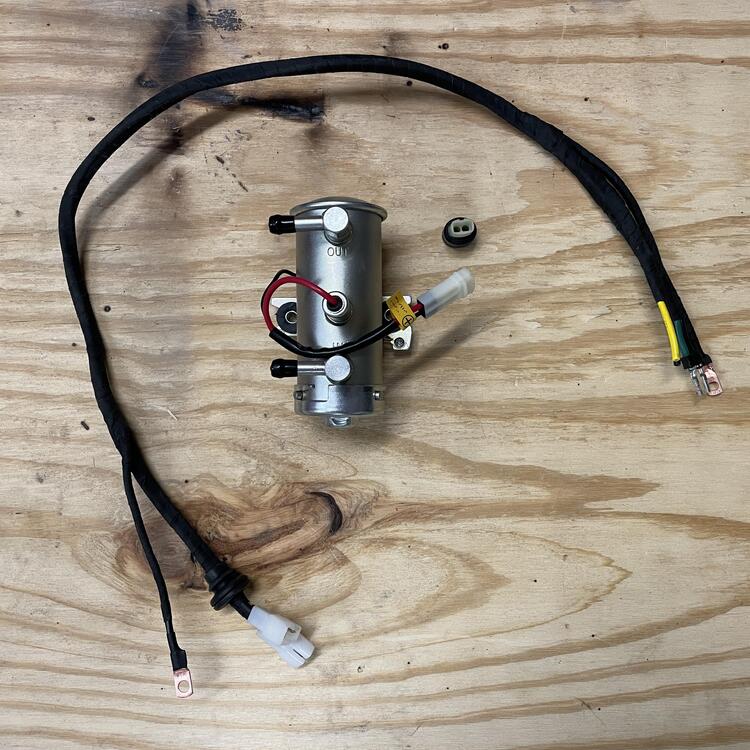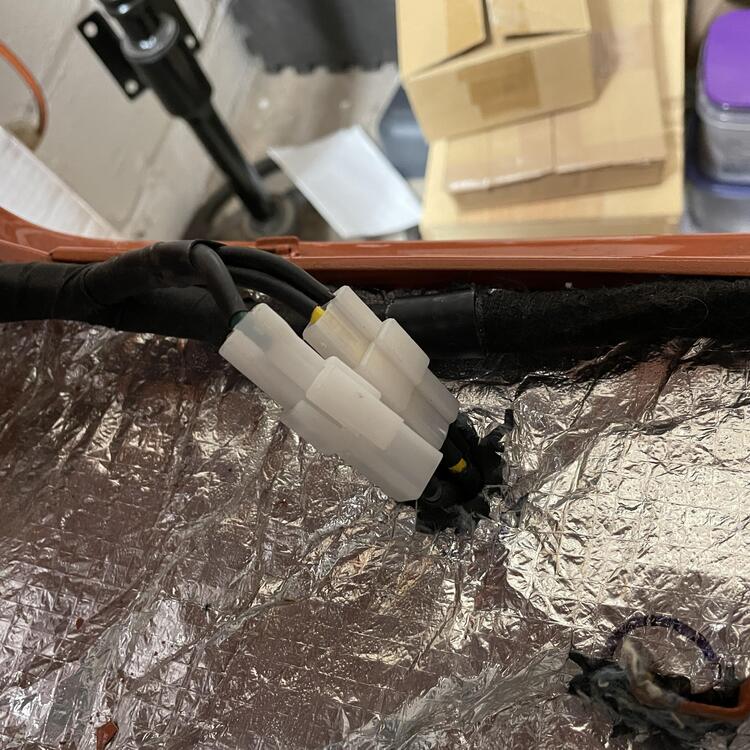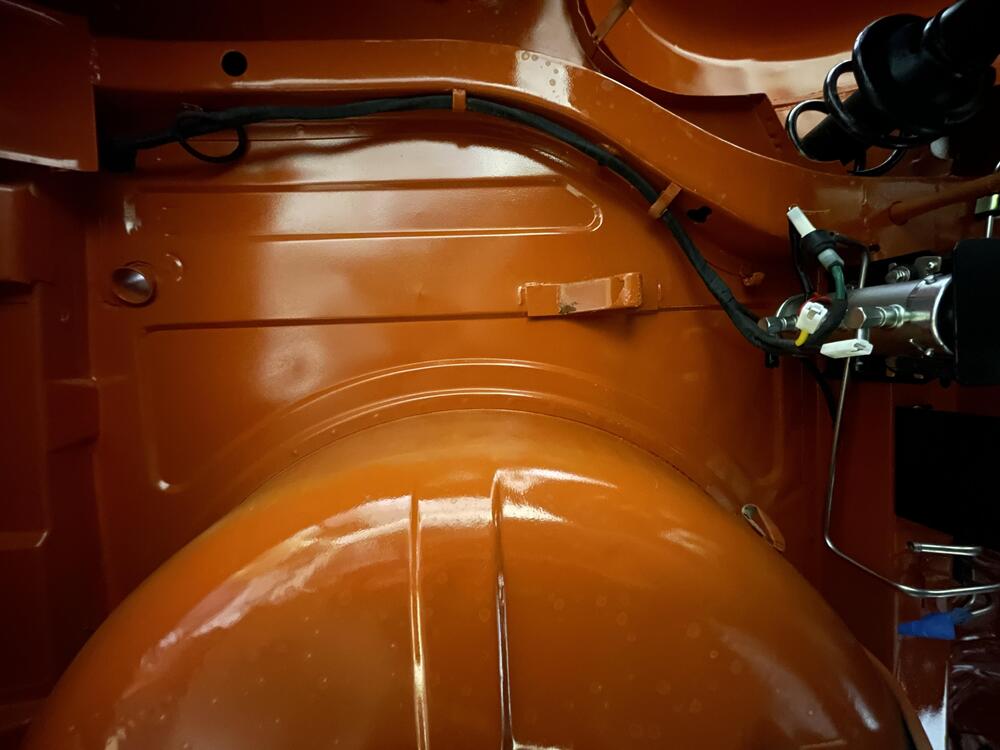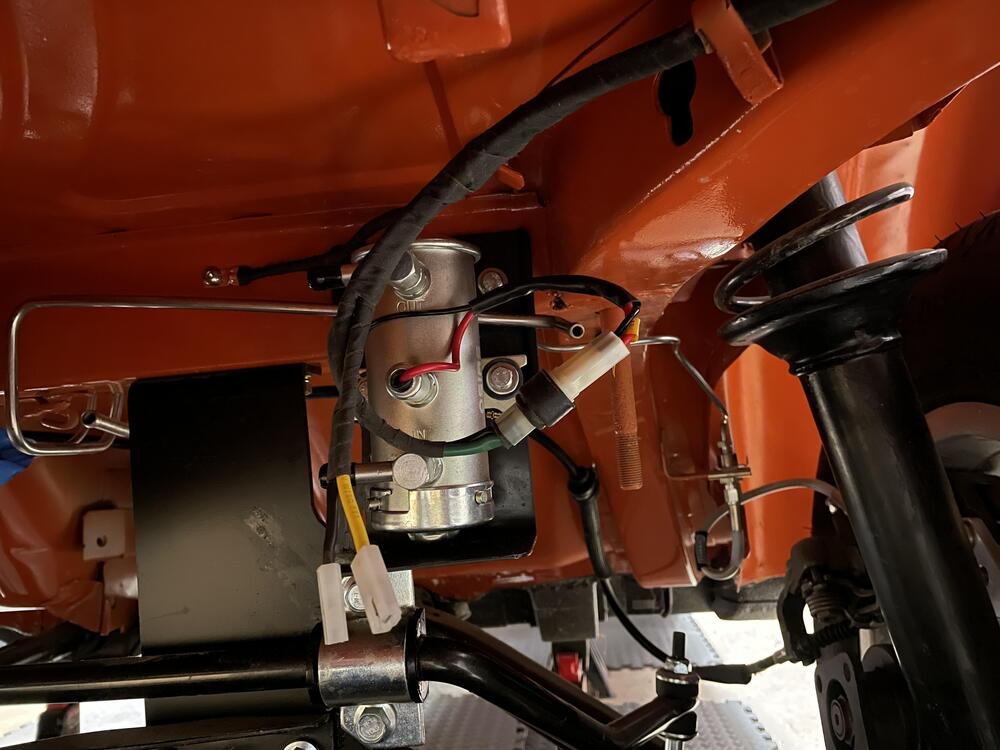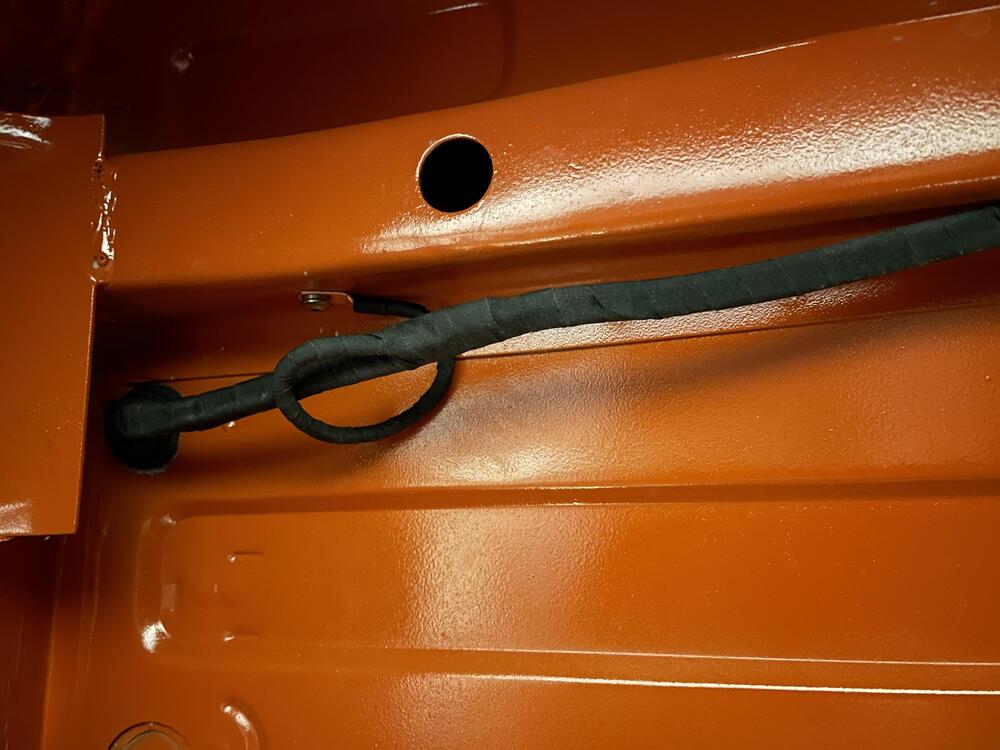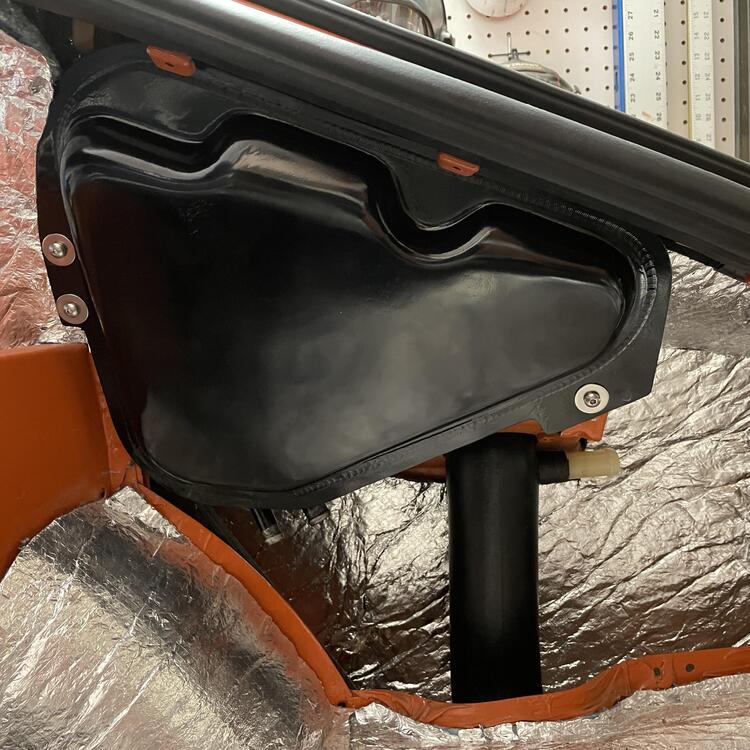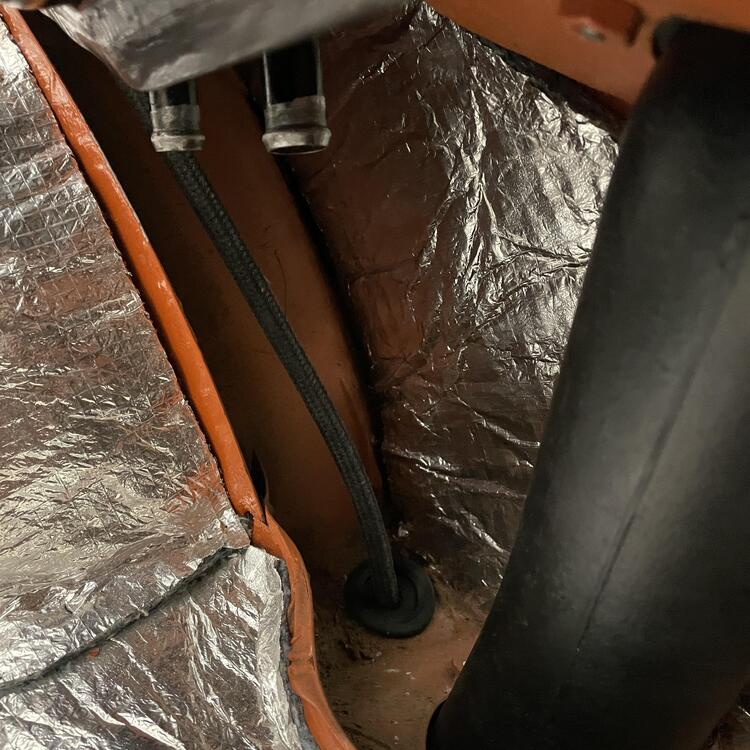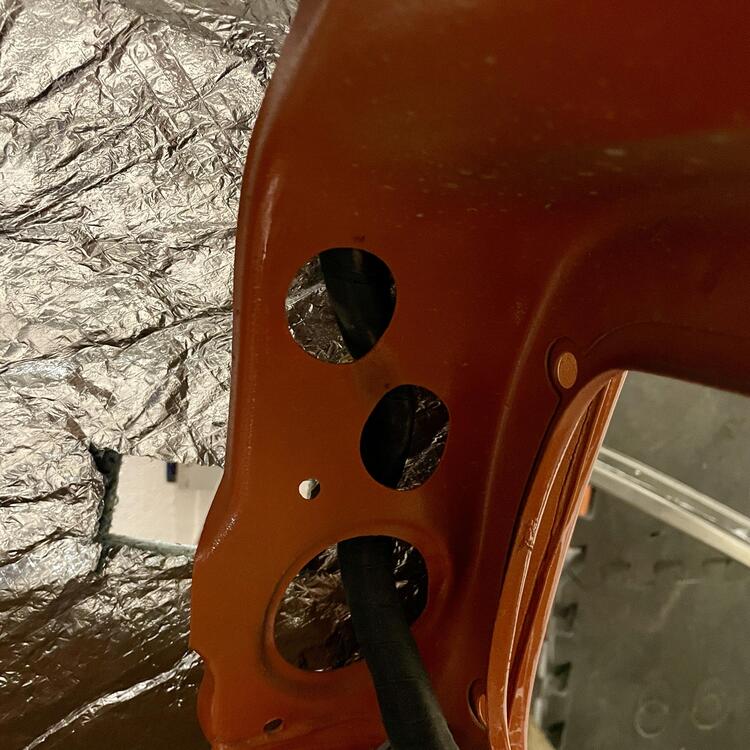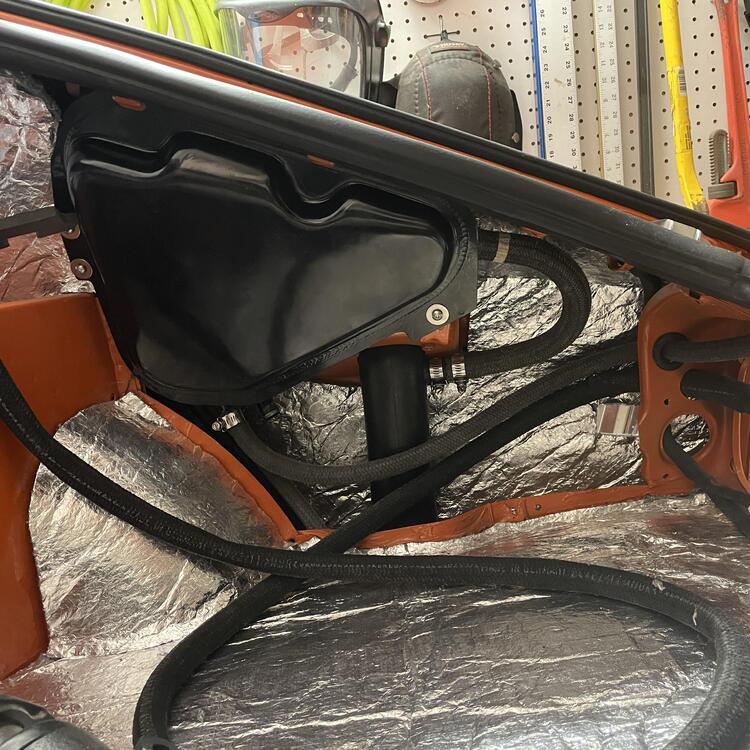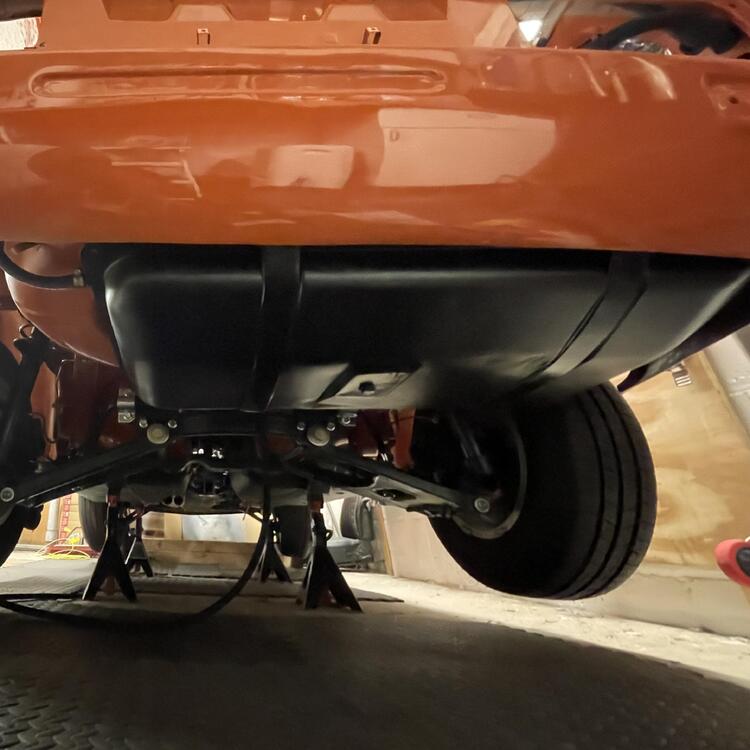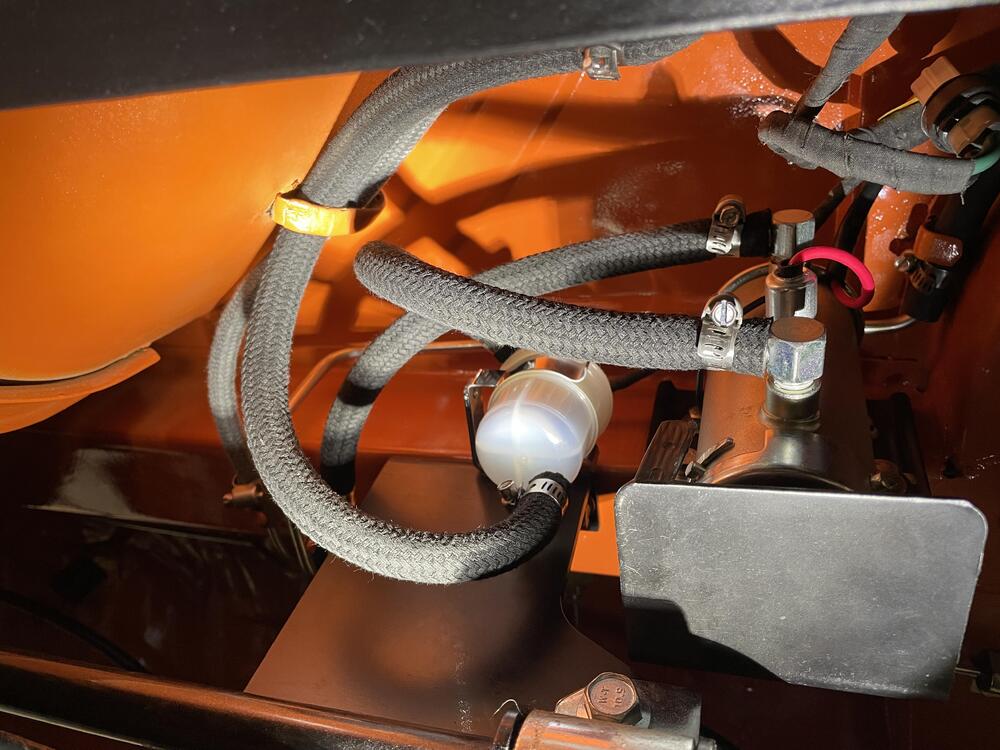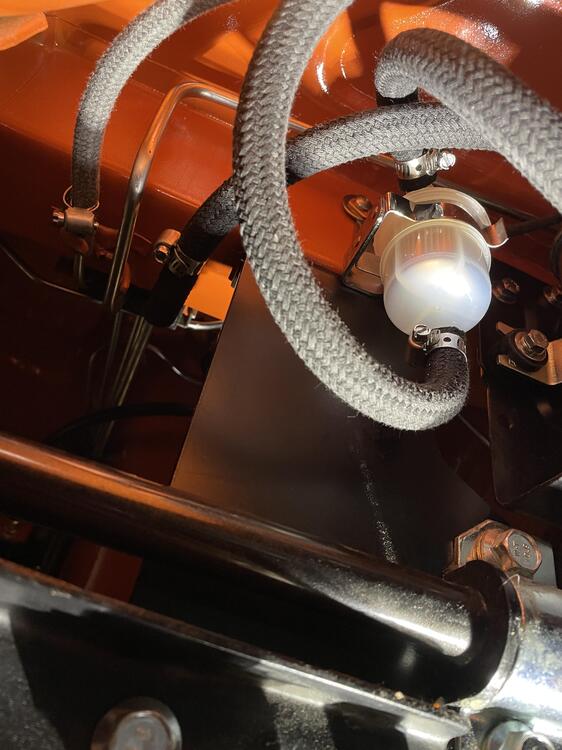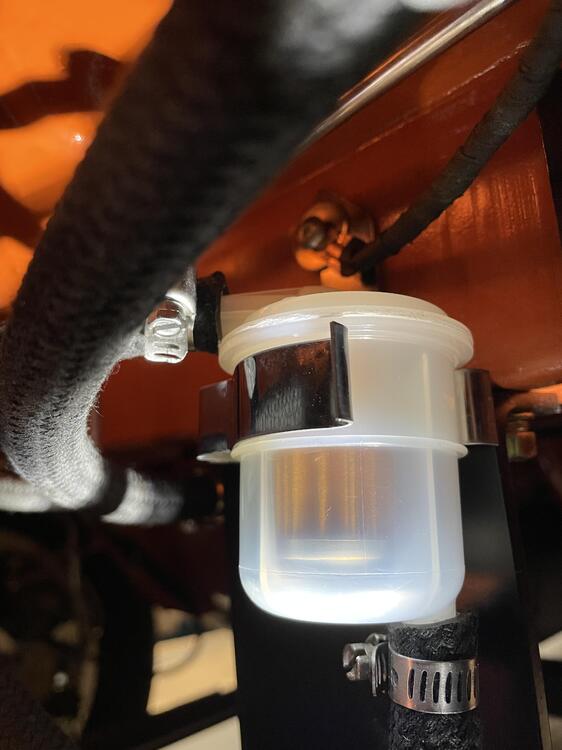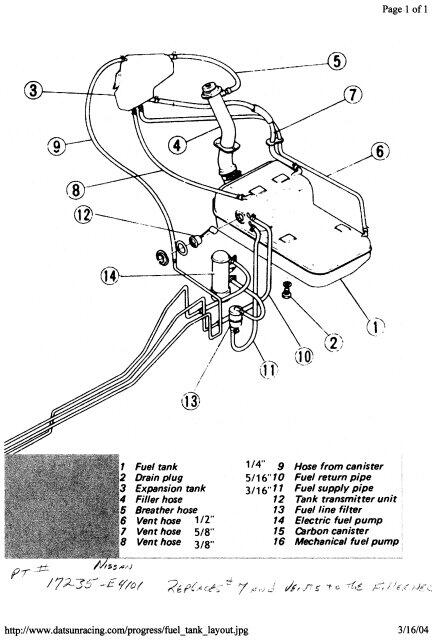Everything posted by Matthew Abate
-
Back Pressure Regulator Recommendations?
I think you’re right after reading that article. Thanks for that! It was super helpful. So back-pressure regulators are all over the place in other applications. I can find info about them for construction and engineering, but not in an automotive context. I know about them from projects working with gasses and other liquids and just assumed they would be available for gasoline engines, but it looks like they just aren’t used in cars. I’ll dig into how a bypass regulator manages upstream pressure more and figure something out. If anyone has a setup like this they can share photos of, I’d appreciate seeing them. There’s not a ton of good documentation about placement and line routing in Z cars.
-
Back Pressure Regulator Recommendations?
When I say back pressure regulator, I mean a regulator that controls pressure before it in the sequence rather than after it. Unless I am mistaken, a bypass regulator controls the pressure after it by relieving the excess pressure through a second port (the bypass), but the pressure before the regulator would still be unregulated. I’m using the Datsun Competition rail. Here are some photos from my build thread to help clarify:
-
Back Pressure Regulator Recommendations?
I’ve been thinking about using the cooling bodies to do that, but I don’t know if the fuel flows through them continuously or only under certain conditions. To do this I would have the fuel go to the carbs in a deadhead configuration and tap the end of the fuel rail for a fitting the same size as the cooling body inputs. A gauge could go here. Then the only thing to figure out is how to run the hose from the front cooling body to the return line.
-
Back Pressure Regulator Recommendations?
I am trying to retain my mechanical fuel pump while also using triple Mikuni PHH44s, and ALSO utilize the return line. I’ve been reading that it would be advisable to use a fuel pressure regulator (and also a fuel cooler) but I have only been able to find FPRs that go before the carburetors in the fuel circuit. I can’t do this and keep the mechanical fuel pump do to space limitations (see here)and a lack of good mounting options. I have seen several mentions of putting the FPR after the carburetors, mostly in threads about keeping the return line. In order to do that I would need a back pressure regulator, but I haven’t found one that works with gasoline or is intended to be used with carburetors (under 5 PSI). Is anyone aware of one out there? Ideally it would be adjustable down to 2 PSI to dial it in for the Mikunis. I emailed Aeromotive about their Ultra-low Preassure FPR for carburetors and whether they have something that would work for my application, but they were not able to solve it. At best I could try to use their X1 carburetor FPR, which is a bypass-style regulator adjustable from 3-20, but they didn’t sound confident about that. Maybe I’m not asking the right question or don’t understand how this works well enough. Any help is much appreciated!
-
1973 Rebuild
Okay. Time for an update. I’ve done a bunch of random stuff, mostly on the dash wiring, but here and there with other stuff… First, I e been working on the AC lines. I went around and around in this one, looking into making stainless line, then buying the Godzilla kit, and then buying Vintage Air hard lines. I ended up settling on a mix of hardlines and Aeroquip E-Z Clip hoses. ”Prototypes (i.e. failed attempts): AC hard lines for inside the cabin are in, but ugly. This one was a pain. I went through several pieces until I got the lengths and bends right, and even these aren’t wonderful, so I’ll redo them one more time. I opted for Vintage Air U-Bend-Em aluminum hard lines because stainless was going to be far too expensive and the hose options I investigated didn’t quite cut it. These fit okay, but you can see the -06 line is too long and I had to cram it in. I got another so I could make them fit better. It’s important because right now they are pulling on the lines they connect to in the engine bay. The firewall insulator is OEM from eBay. It’s in pretty good shape considering its age. • • • I’ve also been scrounging up my relays, which I talk about in my wiring thread. The fun one to find was the seatbelt warning buzzer and the three wire door switch, but I was able to find them after a lot of direct messaging. I’m not 100% certain all of these relays are good (still testing), but I cleaned up the best looking pieces from my pile and assembled them a few weeks ago. • • • The wires for the dash harnesses are all cut, spliced, and zip tied, so the next step is test fitting them in the dashboard and marking where they will get cut for the terminals. I won’t be wrapping these until I know everything works, so that’s a ways off. They look like a mess here, but they’re simpler than they could have been. They’re pretty heavily modified, with the stereo and antenna deleted and add provisions for various new components like footwell lights and USB-C plugs. All of the splicing and positioning has been checked and verified against the diagram I made as well as the original harnesses. The wire is heavier gauge and marine insulation (yes, overkill). Will it fit? We will find out. Why? Burnt wires, the PO used a harness for an automatic in a manual car, I wanted to incorporate the fuel harnesses into the dash harness, and to make it fresh. That right there is over a year in the making. Glad it’s over. • • • Now on to the engine bay. Carb-side AC lines are done! The hose for the other side is in the mail, so I’ll knock that out soon. You can see the prototype of the hard line in the photo above. There are two problems with it: the max length is 72 inches, which is about two inches too short to get a nice clean routing, and about six inches too short to tuck it away and make it discreet; and the end is just slightly wrong for the R32 Skyline AC drier/receiver in the last photo in this sequence. I like that drier too much to switch it out and I’m uneasy about modifying the end of the line and potentially not getting a tight seal, so hoses it is! The hose for the E-Z Clip system bends tighter than regular AC hose, but it doesn’t bend quite as tightly as I had hoped (it’s rated at a 2” radius for the -08 hose) so it gets weird in a couple of places, and I’m still unsure if these Danfoss E-Z Clip fittings are going to be air tight. We will find out when I try to charge the system. You can barely make out where I sleeved the hose at points where it might rub on something. I used three layers of heavy duty shrink wrap for this and I think it looks almost like it’s supposed to be there. All I need to do with these, though, is add a hose separator that is the right size to keep that -08 hose from flexing too much. I have two of them in the mail to me now. • • • I installed the fuel rail for the triples the other day. This was surprisingly involved. I thought I would just slap it on and call it done, but there were several barriers; nothing crazy, but time consuming and requiring thinking it through. I had intended to use the empty M10x1.0 holes that are next to the M8 manifold mounting holes, but the rail brackets aren’t drilled for that, and the manifold nuts are too close. I tried a bunch of different workarounds but in the end it was easier to use the manifold studs as the mounting points. To do that I had to use longer studs, which meant grinding some relief into the manifold. I REALLY didn’t want to do that, but I caved and broke out the Dremel tool. Was I paranoid I was going to pierce the runners? 100% But I didn’t. I switched to hand files after a while just to make sure I wasn’t going through it too fast. All those years of model making have paid off in writes on this car. So once that was done I put the thing together and realized these rails are meant to go with electric fuel pumps. I have a NOS mechanical pump on this car and I worked too damned hard to find it to go dumping it for this, so the rail got a trim and beads rolled on the end. Looks like it’s supposed to be like that now. After that I just had to tweak the bends to make sure it cleared everything and it’s good to go. Now to figure out the fuel hoses and find a fuel filter bracket. • • • So the big question now is… HOW TO ROUTE THE FUEL LINES? I would like to use the return line, so I would need to send the fuel back to the other side somehow. Right now I am leaning toward installing my Mikuni cooling bodies and running a line across the front of the engine under the coolant line, but I’m trying to think of something more elegant.
-
Godzilla Raceworks Vintage Air Conversion Hoses
I did a test fit but will probably go a different direction. It’s well made and would be great except that it gets too close to my headers. After discussing it with them they told me it’s designed to work around the stock exhaust manifold, which doesn’t get as close. I think it’s a good option for anyone with that setup and will probably be selling the kit I have. It’s been too long to return it.
-
1973 240z Custom Wiring From Scratch
I’m not 100% certain all of these relays are good (still testing), but I cleaned up the best looking pieces from my pile assembled them today. 🤞🏻
-
1973 240z Custom Wiring From Scratch
Can you guys help me figure out which relays I’m missing? This is what I’ve found in my boxes: 1 - Horn Relay 26320-89905 2 - Defroster Relay 25230-N3000 3 - Thermostat Switch 22110-E8000 4 - Air Conditioner Relay 25230-89914 (the internet also says heater) 5 - Intermittent Relay 28820-N3300 6 - Fuel Pump Relay 25230-89915 (the internet also says headlight) 7 - Hazard Flasher (A & B not shown) 8 - Turn Signal Flasher 9 - Fuel Pump Relay 25235-P0101 (the internet also says fuse panel voltage regulator; I’ve seen a different relay with the same number) 10 - NLR-132 will be used for headlights I have a key-warning buzzer coming in the mail for when the door is open and the key is in the on position. And I will not be using the Throttle Opener Relay that goes on the engine side of the firewall. I have a 4-pin connector on the front fuel pump harness that I figure goes to a relay if you have an electric front fuel pump. I’m keeping my mechanical one for now because it is NOS. If it gives me issues I’ll switch over. I am assuming not having this connected doesn’t mess with anything since that was stashed away with blue tape from the factory. I’ve also seen things about a “heater / choke” relay, but don’t see anything for that in the diagram. I found a relay numbered 25235-P0110 on a Datsun 1200 wiki, but can’t find anything for Z cars. —- I think I’m all set. I don’t think I need to retain the thermostat switch (#3). I think this might be unique to 1973-4 automatics. Can anyone identify that thing or think of anything I might be missing?
-
1973 240z Custom Wiring From Scratch
Anyone have a source for the key warning buzzer and 3-wire door ajar switch for a 1973 240z? I found a set but and hesitant due to price and unsure they even work. I also have a workaround but am leaning OEM for now.
-
Parts Wanted: ISO Warning Buzzer & 3-Wire Door Switch - 1973 240z
View Advert ISO Warning Buzzer & 3-Wire Door Switch - 1973 240z I am looking for a working buzzer for a 1973 240z and the 3-wire door ajar switch that makes it work with the steering lock switch. This buzzer sounds when the key is on while the door is open. The 3-wire switch completes the circuit for the buzzer if both conditions are met. See photos for examples. Preferably NOS, but nice working condition will work. Please keep your fees reasonable. I have a source for these already but am looking for them in nicer condition. Advertiser Matthew Abate Date 03/11/2024 Price Category Parts Wanted Year 1973 Model 240z
-
1973 240z Custom Wiring From Scratch
Haven’t decided yet, but I want the option. I need to see how the LEDs perform before I commit, so if I don’t love them I would switch to H4.
-
1973 240z Custom Wiring From Scratch
Only 10A? I’m thinking of splitting the 10 AWG white wire with a red stripe that comes from the alternator to the inside of the cabin. Originally it split off to the rear defroster and accessory relay, and terminated at the fuse box stud. The line going to the rear defroster had a 20A fuse on it originally. The Koito H4 bulbs draw 10A each, and I’m retaining the long run of wires to the headlights that is in the engine harness to cut down on stuff outside of the cabin. Mainly I’m doing this relay mod to keep the power running through the combination switch as low as possible. So what I’m thinking at the moment is splitting that 10 AWG white + red wire near the colored connectors and running it to the B post on the NLR-132. So there would still only be one wire coming off the alternator and feeding everything.
-
1973 240z Custom Wiring From Scratch
@SteveJ, I'm working on my dash harness and want to check with you to make sure I am wiring up this headlight relay correctly. Is it okay to run those to wires from the headlights straight to ground? Also, I could run a wire directly from the alternator to the B terminal instead of coming off the fuse box stud, right?
-
1973 Rebuild
I took a break from the car to do some self care and get my mind in order by getting my tools in order. I bought myself a few packs of Toolbox Widget organizers, and so far they are doing the job. The box doesn’t hold quite as much now, but I also don’t have wrenches and sockets sliding around all over the place and piled up on top of each other. Putting a layer of anti-slip foam on the bottom first really helps it feel slick. Not sure how I’m going to keep the dust out, though. … So you may remember that I was having a hard time adapting the 240z coolant routing to having Mikuni triples because that eliminates the carburetor warming channel that connects the bypass tube to the thermostat housing. I had experimented with just running a stainless steel tube in place of that system, but it fouled the manifold and front carburetor. After much back and forth with various thermostat housings I found that the early ZX housing is the one I wanted. It has many extra ports, but these can be plugged with various fittings. The hardest one to find is the 1/4” BSPT, but McMastercarr had them. Next I tried a few different Nissan fittings that are 1/4” BSPT male to a 3/8” hose barb. I found the 105° angled one to work best for clearing the distributor. Then I found a 280zx bypass tube, which more or less mounts right up, but because it is meant for the fuel injection system I had to remove approx. 9” from the side that wraps around the thermostat and put a new bead at the point where I cut it. It also needed some spacers to change the geometry and allow it to clear the temperature sensor and point the tube at the 3/8” fitting mentioned above. After that I needed a ZX water inlet with the 3/8” tube coming off the threaded adapter that connects to everything already discussed. That has a 5/8” tube pointing back to the heater hoses, so I had to replace all of my 3/4” hose. It also meant going full ZX with all of the fittings and getting rid of the 240z y-pipe. I had to find a coolant regulator/check valve, which is nearly a unicorn part. I know seller with some that are NOS in the box, and normally I wouldn’t go with used parts on a fresh engine build, but I’m not paying $175 plus shipping for something I can get for $30 in good used condition and is essentially just a 3/8” tee with a check valve. The coolant system is now closed. After much trial and error and purchasing too much hose, I have the whole system plumbed and clamped. I only used one of the OEM 240z hoses, and I cut it down significantly. They wouldn’t have worked at all with the Vintage Air system I have, so I put a pair of their bulkhead barb to threaded fittings coupled to their 90° barb fittings. I bought a pair of Continental hoses with a bunch of turns from Summit Racing, which allowed me to keep everything under the dash pretty snug. I was worried I would need to make a bracket for the heater control valve, but it’s floating pretty far from everything so it should touch anything even with a huge amount of vibration. So now I just need to check all my fasteners and get a radiator overflow tank. Next is decide whether to move on to the fuel system or put the AC lines in.
-
1973 240z Custom Wiring From Scratch
Pretty cool! I’m surprised how well that fits so far.
-
1973 Rebuild
Couple of updates.. Other than the half shaft, the drive train is complete. Restoring the driveshaft was simple. I had read somewhere that the u-joints are NLA, but I found them in two seconds at Z Car Depot, so I don’t know what that’s about. *** I swapped the flange from my Datsun diff and put it on the Subaru way back, so it went right in. Hanging the rest of the Spirit Garage exhaust system really felt like reaching a summit. Maybe it’s because now everything I need to do start the car is in the engine bay, which feels more doable conceptually. The system went in really easily except for a few minor things: The hanger tab in front of the muffler is about an inch too far forward, so I had to put a bolster on the bolt to take up the slack. I don’t love how it looks so I plan to get two that are half as long. That should clean it up a little. The pipes hang a little low at the differential crossmember. I had expected them to tuck tight up into the relief on either side of the, but if I lift it any higher it hits the differential. That’s a little bit of a bummer, but it’s similar to what I’ve seen on some others. Also, the exhaust tips are a little close to the rear valance. I could get different hangers, but I think it will be okay. Still plenty of time to think about that. For hangers I opted for some universal pieces from Walker Emissions (36273 and 36274) that I just cut to an appropriate length. So now I just need some stainless clamps and some acorn nuts to protect them from random debris. Now back to the engine bay.
-
1973 Rebuild
Alright, the suspect carrier is in a vat of oil and the new one is in. This one has fewer miles on it anyway, so I’m looking at this as a glass half full situation. Once I had everything ready to go back in I put fresh bearings on the new carrier and new seals in the case, which is what caused this most recent delay. 🙄 Figuring out how to torque the ring gear bolts without putting it in a vice was fun. The key ended up being an oil filter wrench with a reinforced rubber strap. Two people can do it, three would be better. They need 78 foot pounds on the Subaru diff (probably the same on all “K” r180s). They are only 50 to 58 on the Datsun (probably because they have lock washers). Luckily I had the right mix of shims to get the backlash within tolerances (0.1mm to 0.2mm). Major obstacle out of the way! Edit: I forgot to mention the Ron Tyler style differential arrestor. Not much to say about it other than I was surprised how much of the bushing had to be removed to get the r180 to fit. I only had two notches to go before it was all the way to the hilt. I’ve seen these where there was a gap leftover but they must be using a different bushing. This one is pretty compressed. This isn’t going anywhere. *** So now the differential is in. My 240z now has a limited slip… sort of. It’s a Torsen, so not a true LSD, but I’m thinking this is the most drivable option given it behaves like an LSD under power and like an open when you let off (open into the turn and closed out of the turn). *** This was perhaps unnecessary, but Nissan added this transmission mount shield when they designed the 280ZX/S130, so it is probably not a bad idea. It’s not like it weighs a ton.
-
1973 240z Custom Wiring From Scratch
Haha! Thanks. Note that there are some errors in those older spread sheets. Make sure you triple check everything as you go! I’ll post the latest info when I can. Dashboard wiring should start next month.
-
1973 Rebuild
Culprit identified. This must have happened when the axles went in. Clearly the “5-Pound Hammer” method promoted on the Subaru forums is ill advised. I’m going to have to split the carrier open to really make sure there are no more bits in there. This is what I get for not using a press.
-
1973 Rebuild
Well, I’m doing this now. Once I had the stub axles in the diff felt really chunky and would occasionally lock up as I twisted them back and forth. I flushed it and couldn’t find any metal, but things never really improved. Luckily (I guess) I have a duplicate Torsen carrier. It isn’t exhibiting the same issues so I’m swapping it in. Just waiting for some bits so I can finish this up.
-
1973 Rebuild
Working backwards, the insulation kit is from Collectors Auto Supply. I bought a box of Dynamat to augment the kit because I didn’t feel that it was quite enough, particularly the roof, which you have to completely cover so you don’t see lumps through the headliner. No, I didn’t presssure test the vacuum tank. I did a thoughough visual inspection, which, granted, may not be adequate, but I’m trying to get the engine stated asap, so I’ll find out if it’s leaking long before the interior panels go in. I decided to keep mine in the car after reading that the system allows vapors to expand and condense in a way that maintains a certain amount of pressure in the system so that two things happen: 1. The fuel stays in the front of the car when the car is nose up on an incline so there is no delay in it arriving at the carburetors when starting, and 2. You don’t get sprayed with gasoline when you open the gas cap, hence the valved cap. The routing is pretty efficient. The only way they could have avoided it is not having a port on the left side of the car (skinny end of the tank). Also, the hoses have to route in a way that the vapor tank lines don’t have a low spot that causes fuel to pool in the hose. You’ll see what I mean when you do yours. Yes, there are a lot of hose diameters. I don’t know if it’s true for the hoses, but I’ve read that the hard lines are designed to keep pressure consistent and correct for the size pumps and carburetors in the car, meaning the return is the smallest. The vapor tank is probably also optimized for flow, so big fat hoses. The hose that is going to give you the most trouble is the hooked one that goes through the frame from the vapor tank to the top of the gas tank. It’s one or two millimeters too small. If you get the same hoses I bought, you’ll need 5mm x 3ft, 7mm x 3ft, 9mm x 10ft, 12mm x 10ft, and 17mm x 10ft. I also bought 3 feet of the 3.5mm just in case I need it later. Yes it’s weird that they sell metric hose SAE lengths.
-
1973 Rebuild
“We got to run on heavy, heavy fuel…” The gas tank is in, the vapor tank is in, all the fuel lines are clamped down, the filler neck and cap are in, the pump and sending unit are wired up, and the system is closed from the hard lines back. I got hung up because I forgot to refurbish the straps, so that knocked a day out while paint dried. I also never found the right filter bracket, so I picked up a shiny new one for a Suzuki outboard motor that holds the OEM Nissan filter perfectly. The only things I’m a little unsure about are the straps being less tight than before because the stainless Z Car Garage hooks don’t tighten as far as the OEM ones, and not having rubber boots on the sending unit wires. The plastic connectors don’t cover the nail terminals as well as I expected so I may need to make them more weather proof. No, I didn’t go with e85+ hoses. I struggled to find the right sizes in lengths shorter than 50 feet and got tired of holding up the project, so old school FTW. I did use modern stainless steel strap clamps, though, because I’ve read they provide a better seal than those OEM Nissan wire clamps. All the braided hoses came from JBugs California Pacific and are metric. The 12mm hose was the only troublesome one because the metal tubes want something more like 13 to 15 mm, but the 5, 7, 9, and 17 were perfect. The vapor tank hose with the shepherd’s hook bend you can still buy is 12mm also, so I guess we just have to struggle with that. So yeah, I can technically put gas in the car now. ⛽️
-
1973 Rebuild
The pump bracket is different here than what’s in my ‘73. This one has the side shield that guards everything from road debris coming off the right rear wheel. It also looks like it comes down a lot further (making space for a filter). It’s possible mine has either the wrong pump bracket or the wrong gas tank, but I’d like to figure out a provision for a filter here if I can. I’m a little surprised that the filter bracket in that photo is a press in clip rather than one that tightens with a screw.
-
1973 Rebuild
I found that diagram on a thread about refurbing gas tanks with por-15. I thought I saw it somewhere else where @Captain Obvious had commented but can’t find it now. Anyway, this is the setup my car has. I have accounted for everything except the filter bracket and the routing of hoses 8 and 9 through the body (I’ve only found one grommet hole) and that’s keeping me from finishing the tank installation.
-
1973 Rebuild
Can anyone show me a photo of the REAR 240z fuel filter bracket? I can only seem to find the ones for the 280z or the front one for 240Zs and I don’t think I have one. It would secure #13 in the diagram below:





